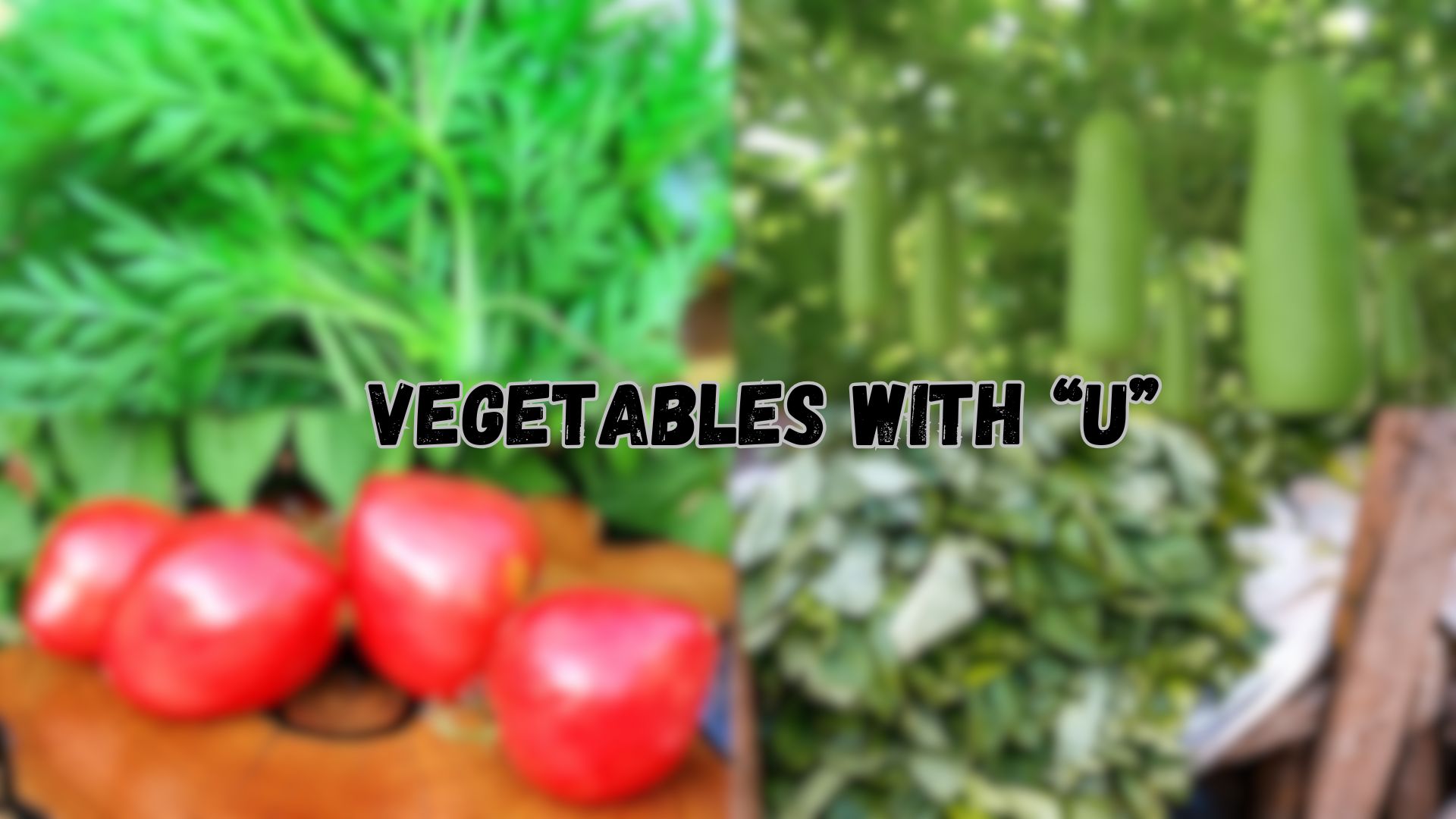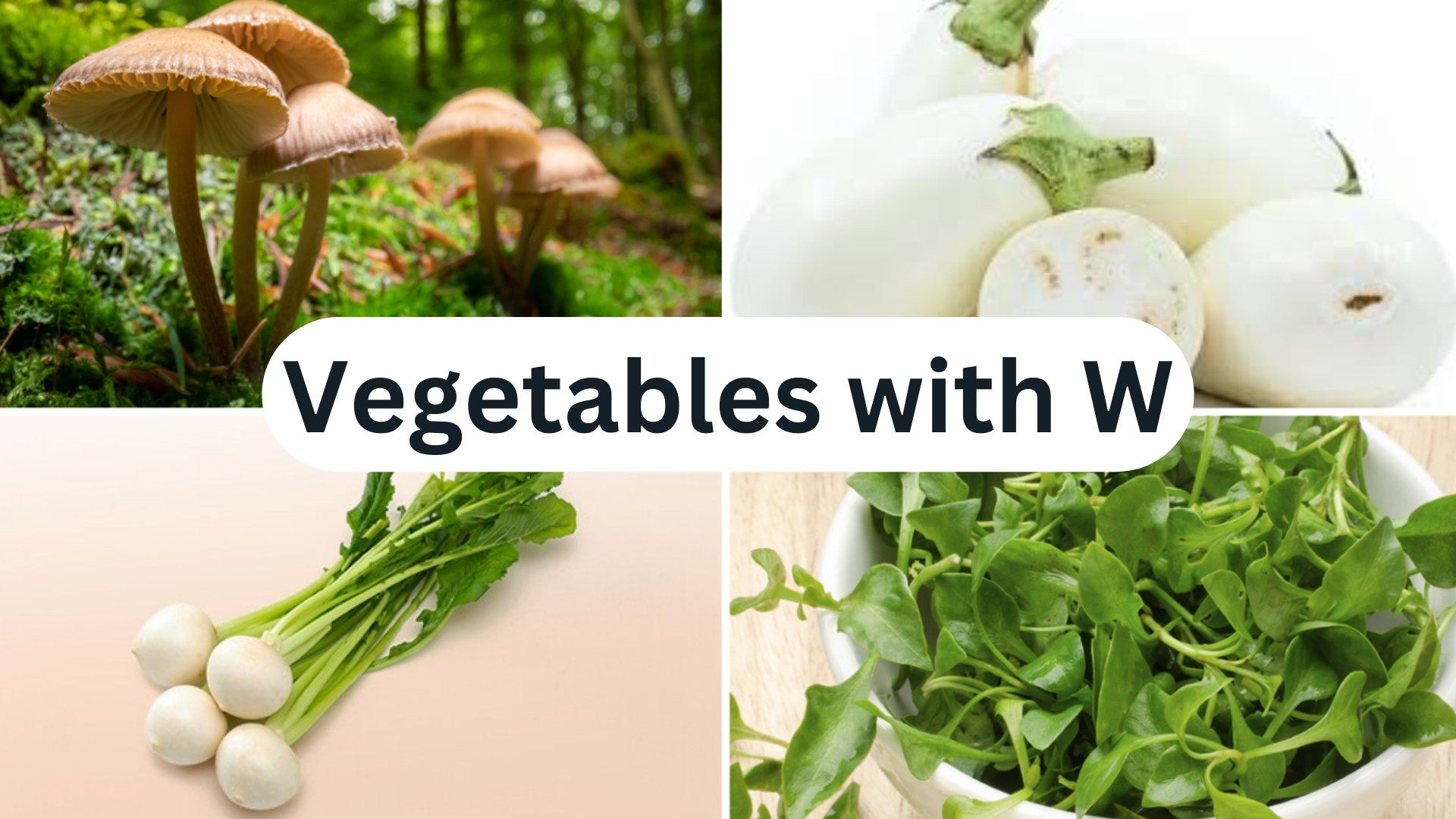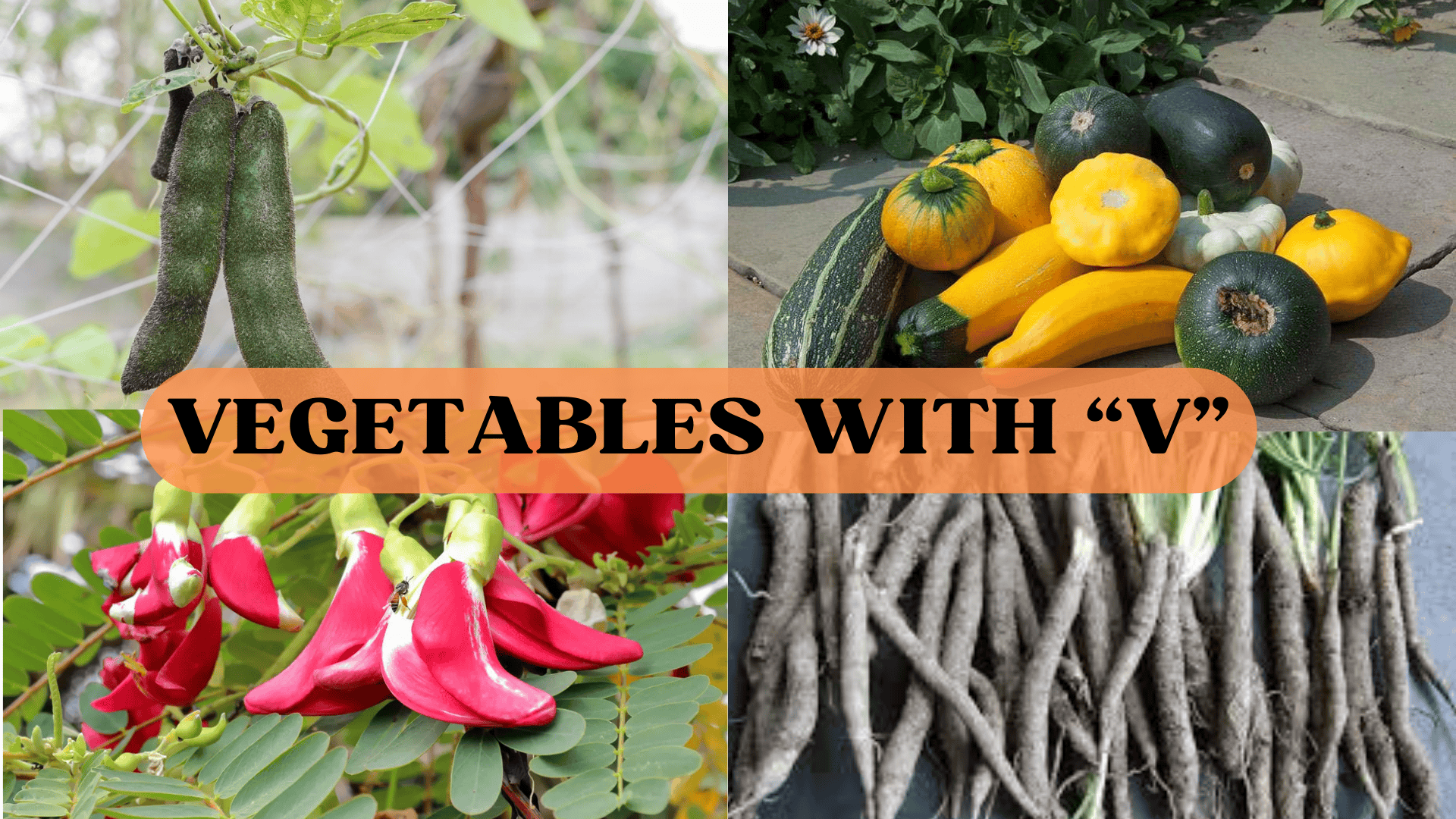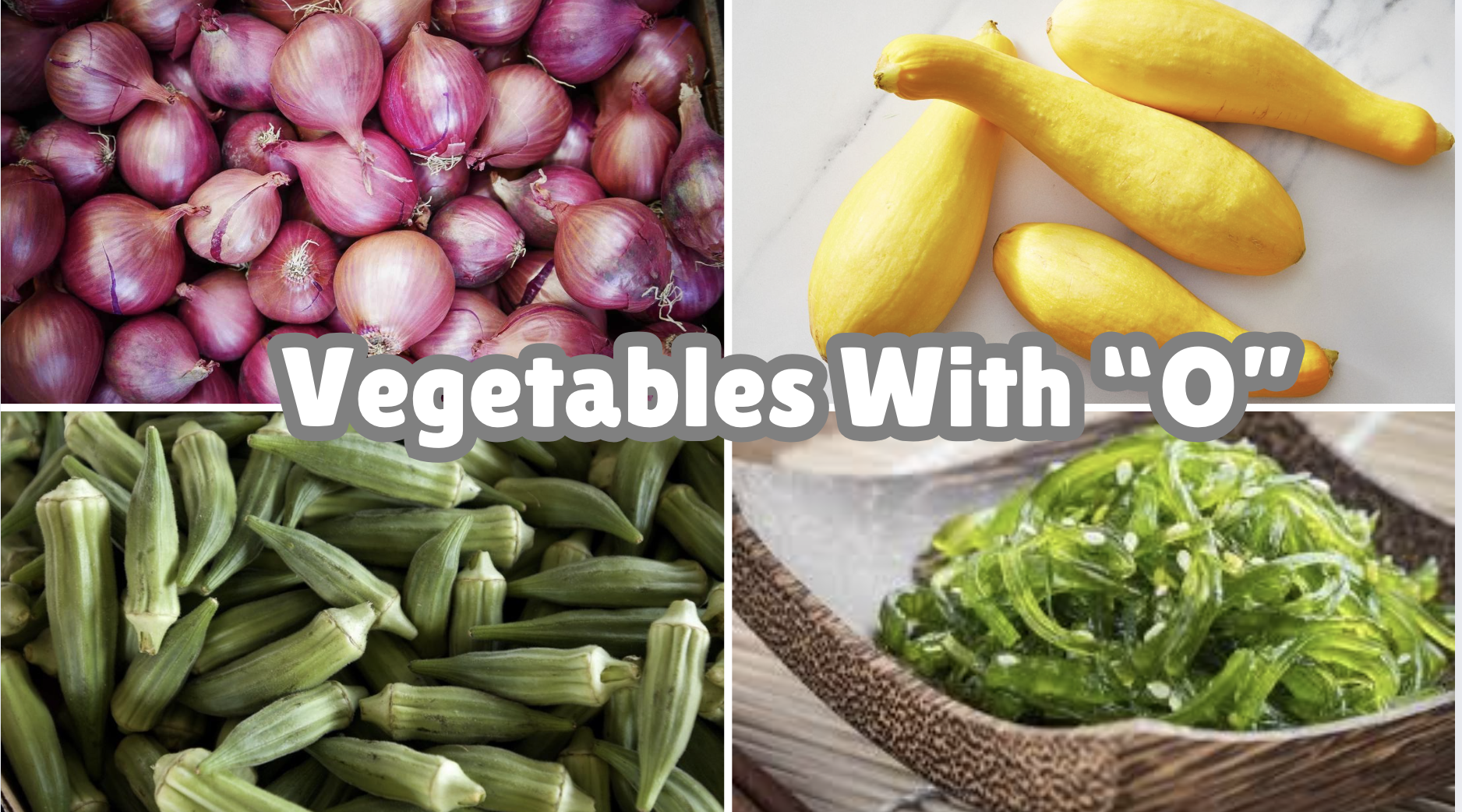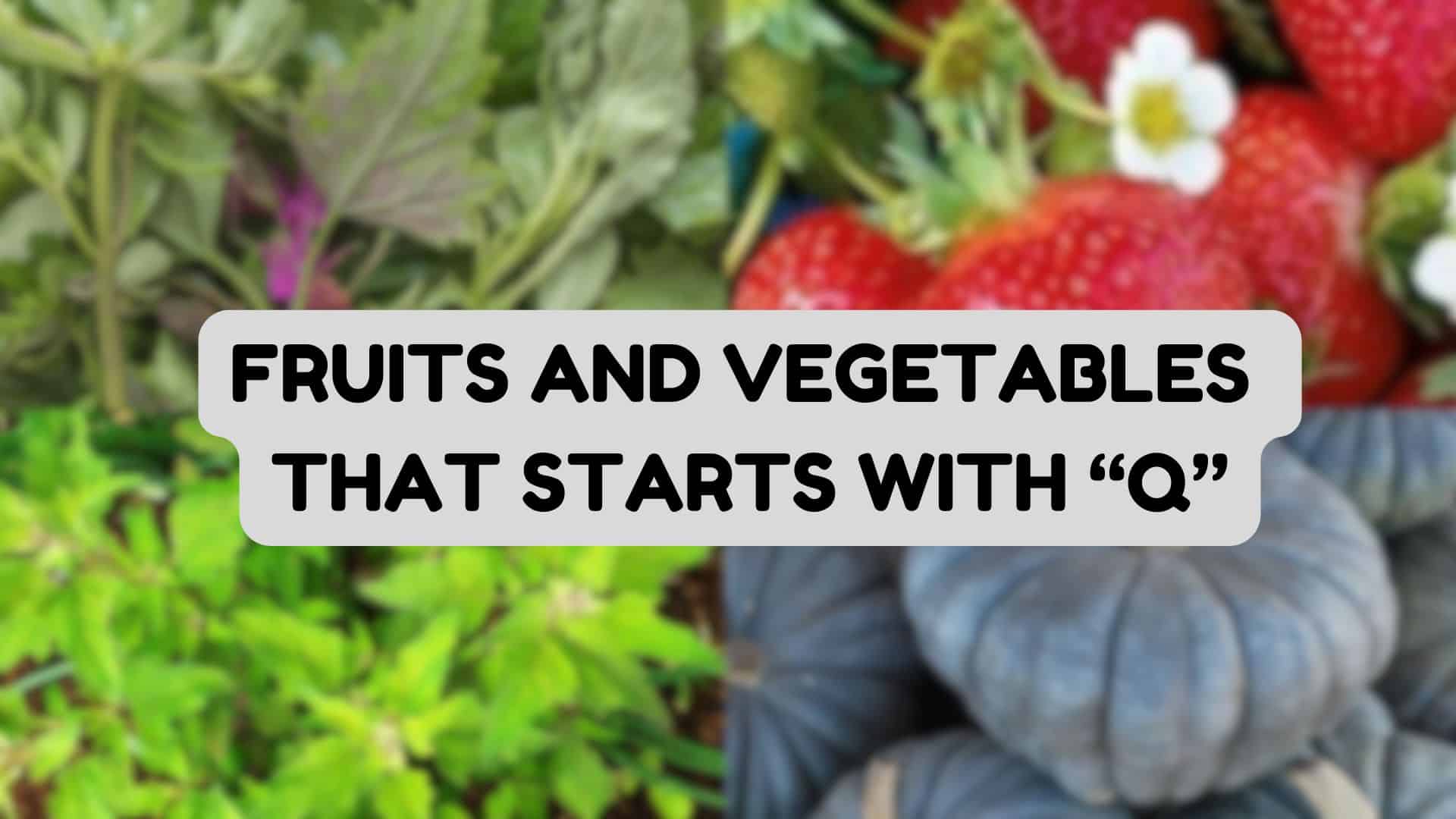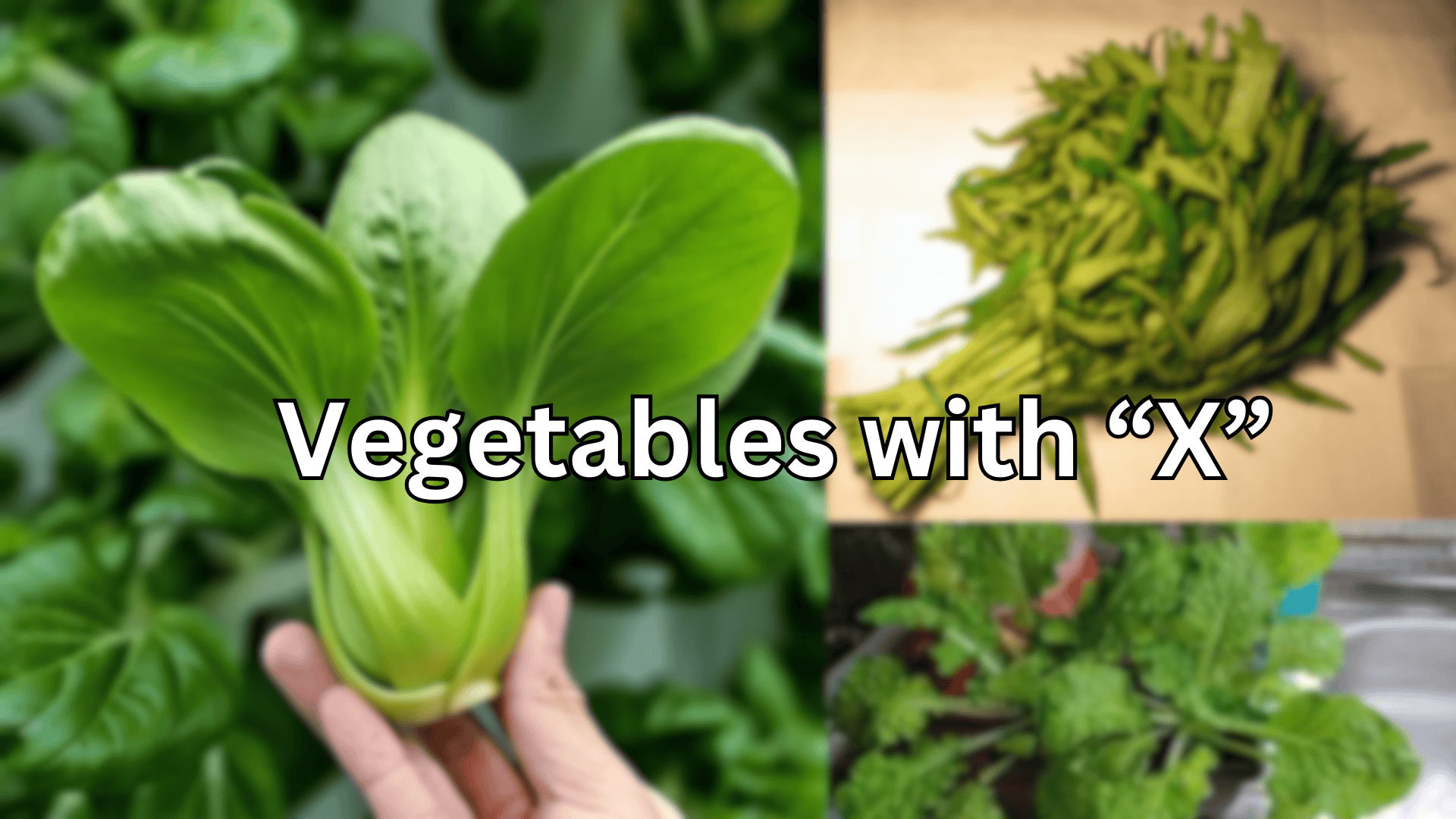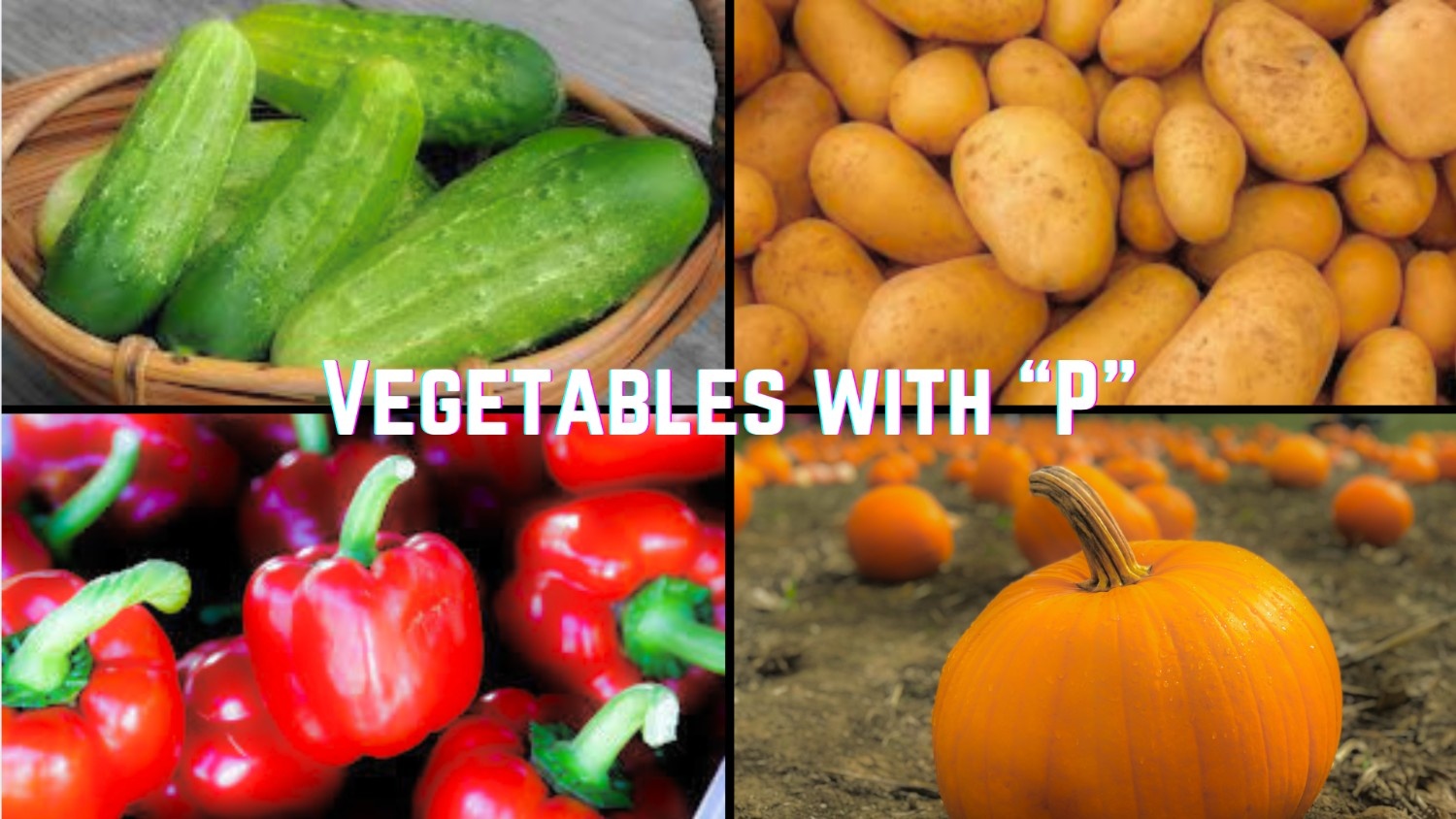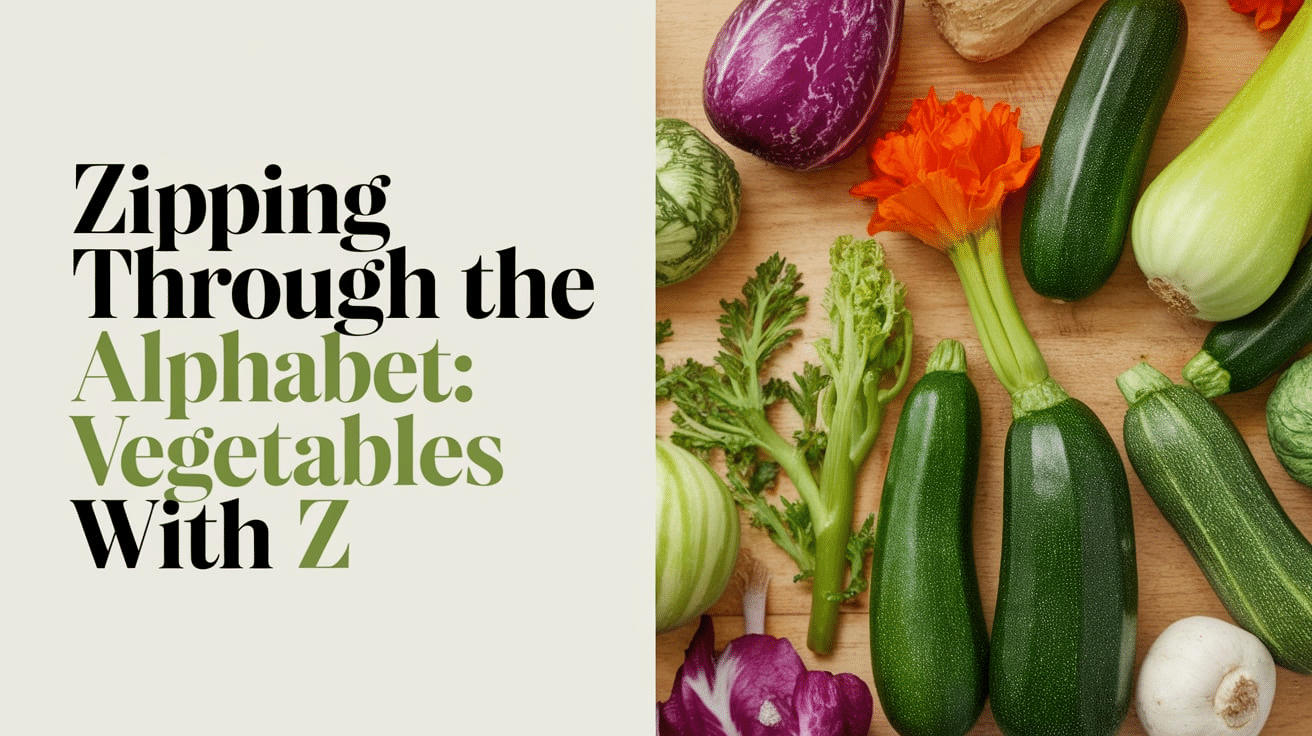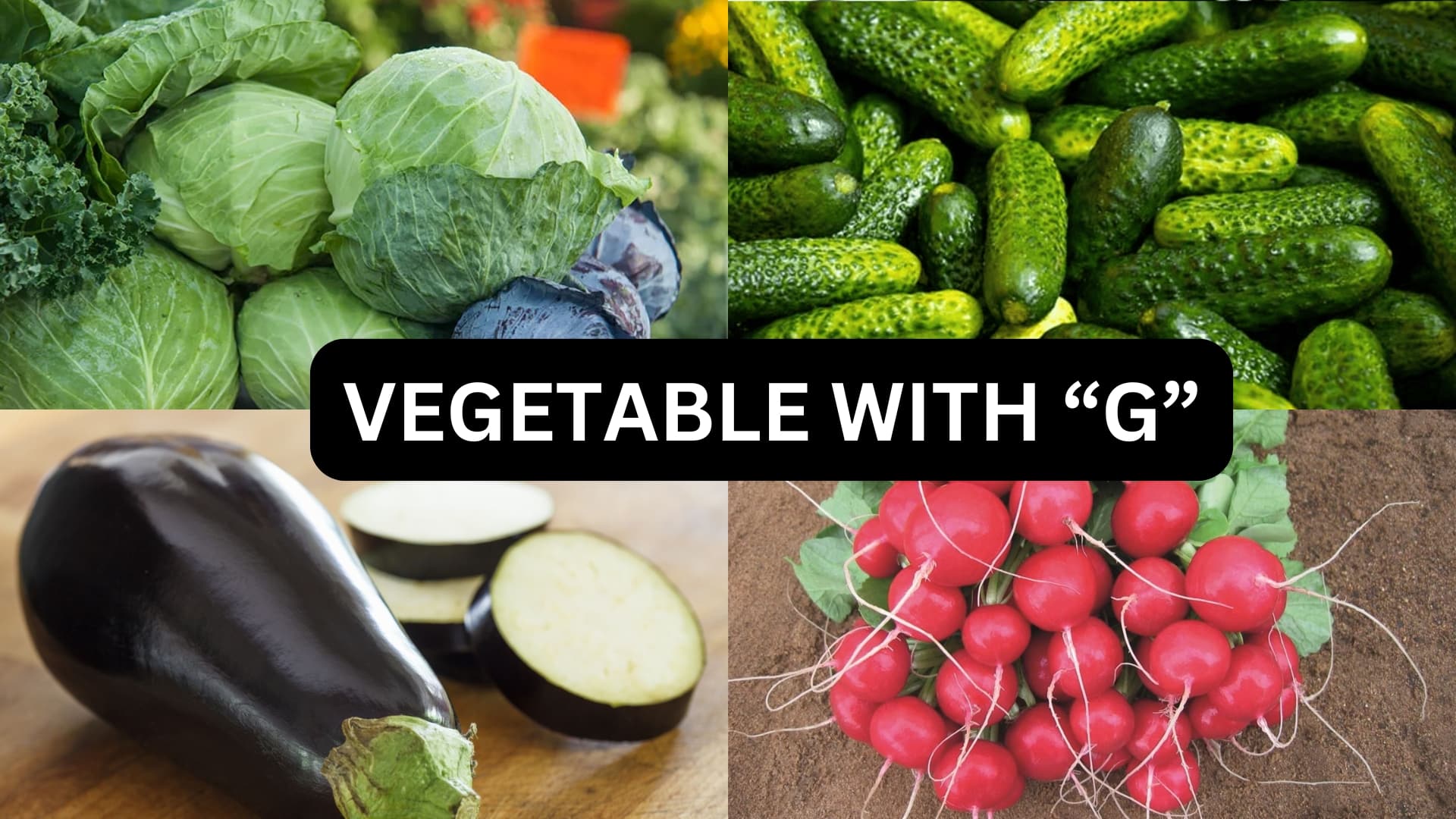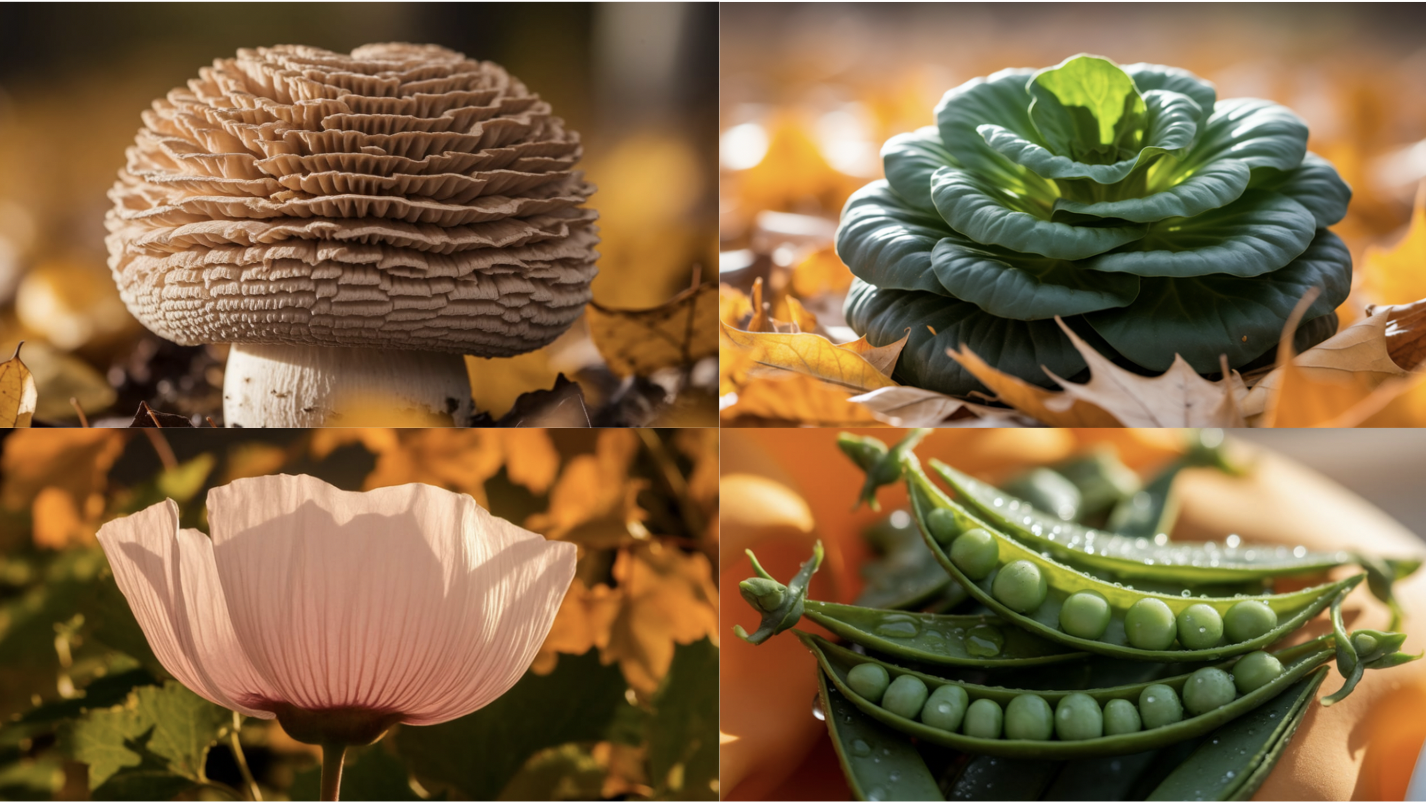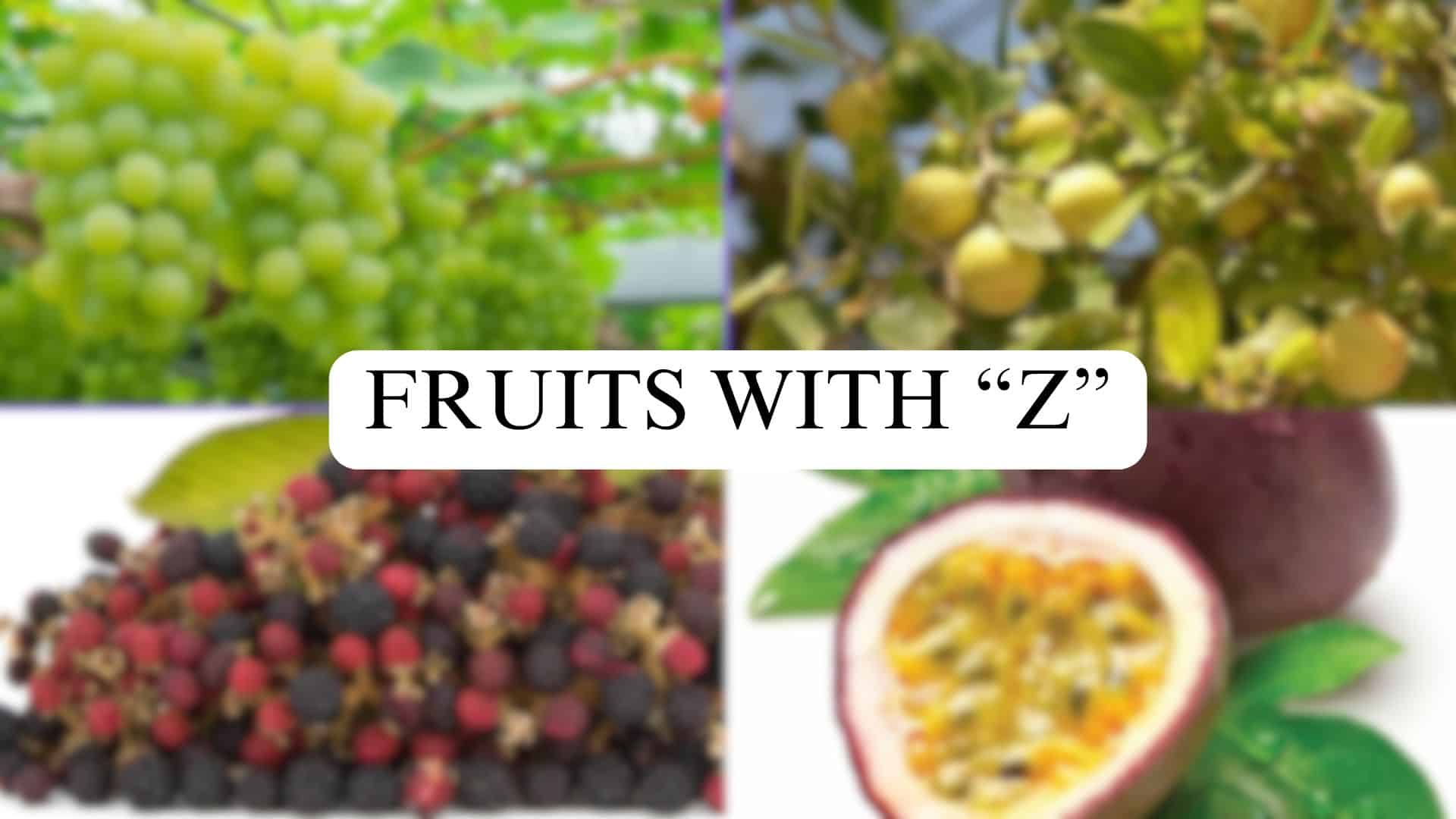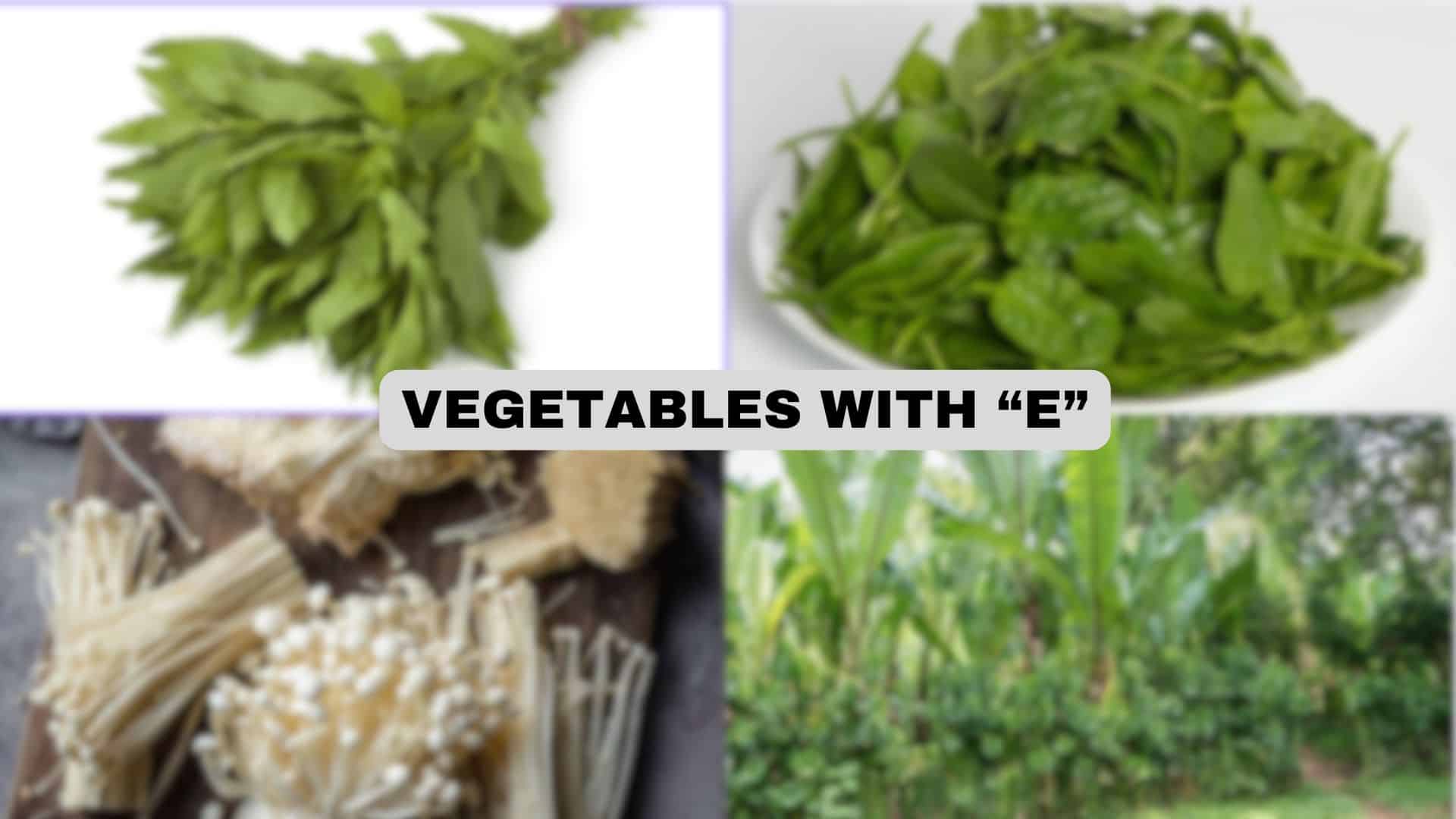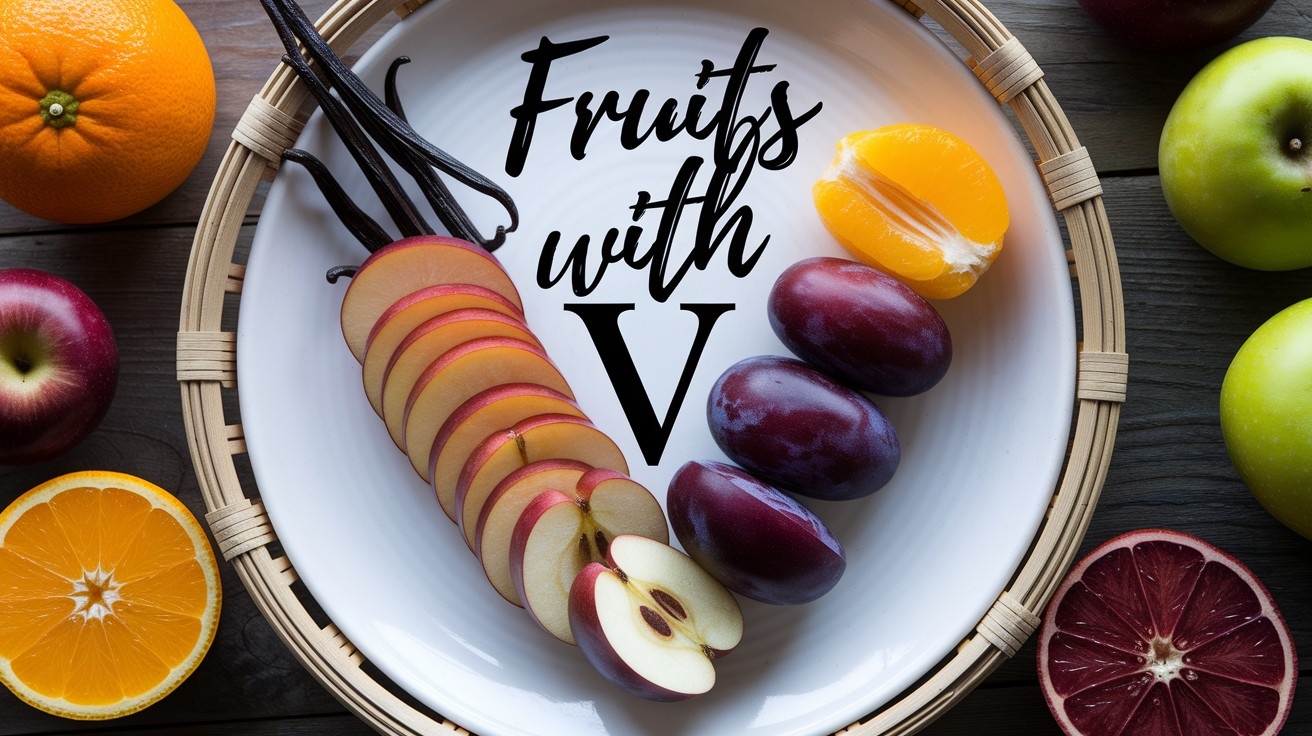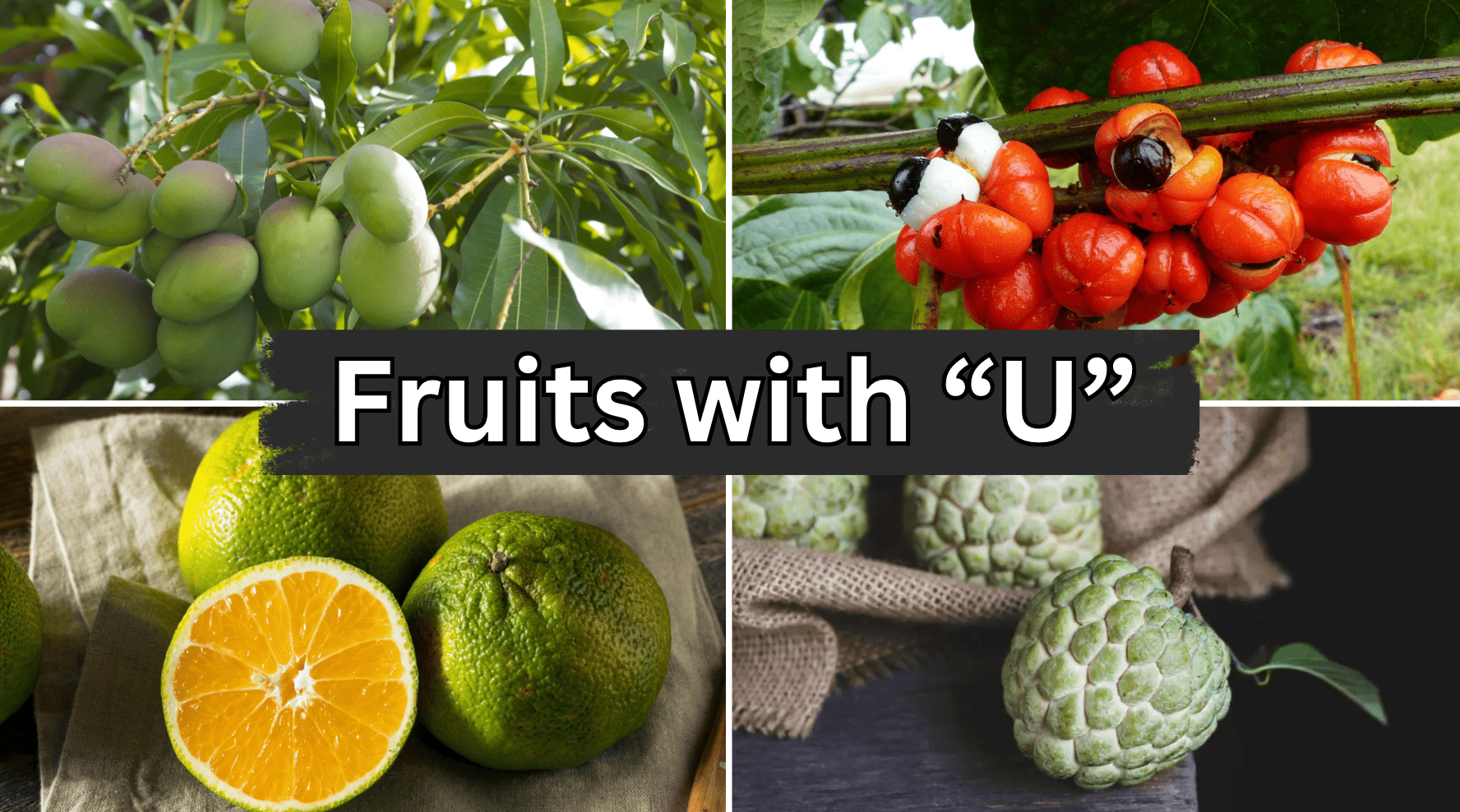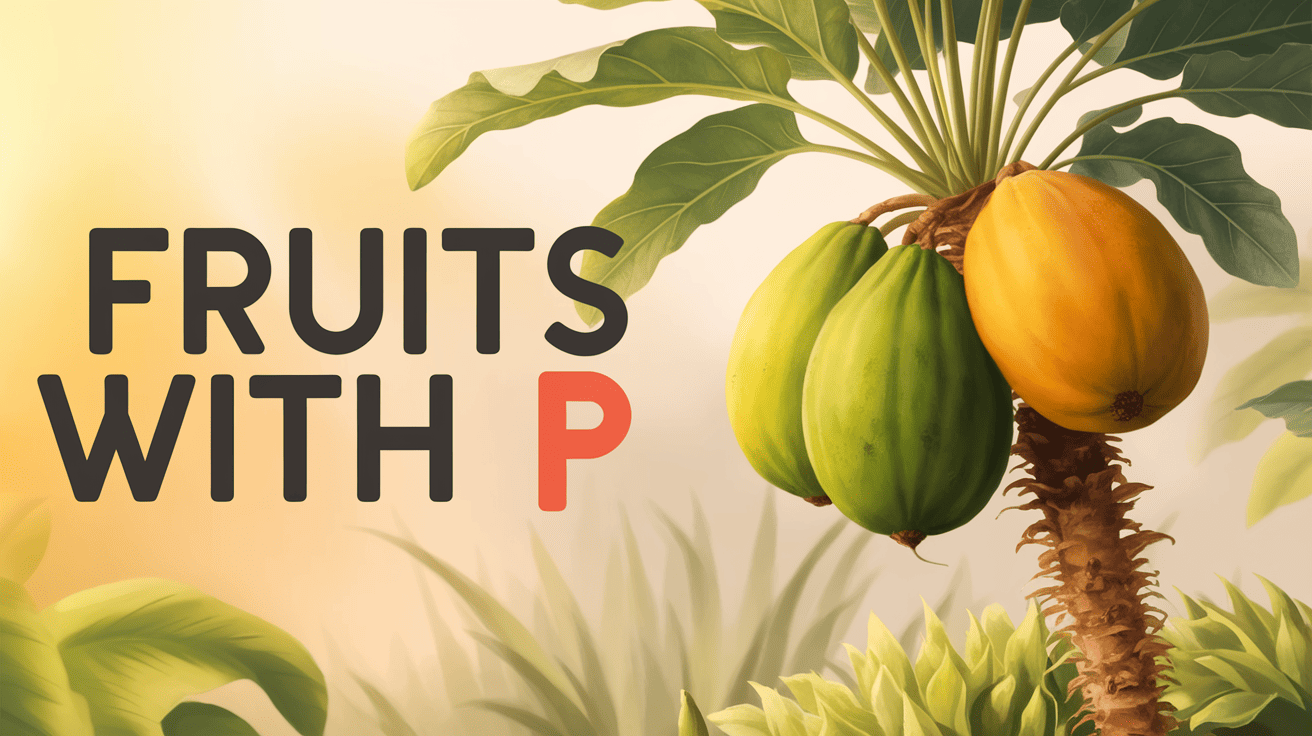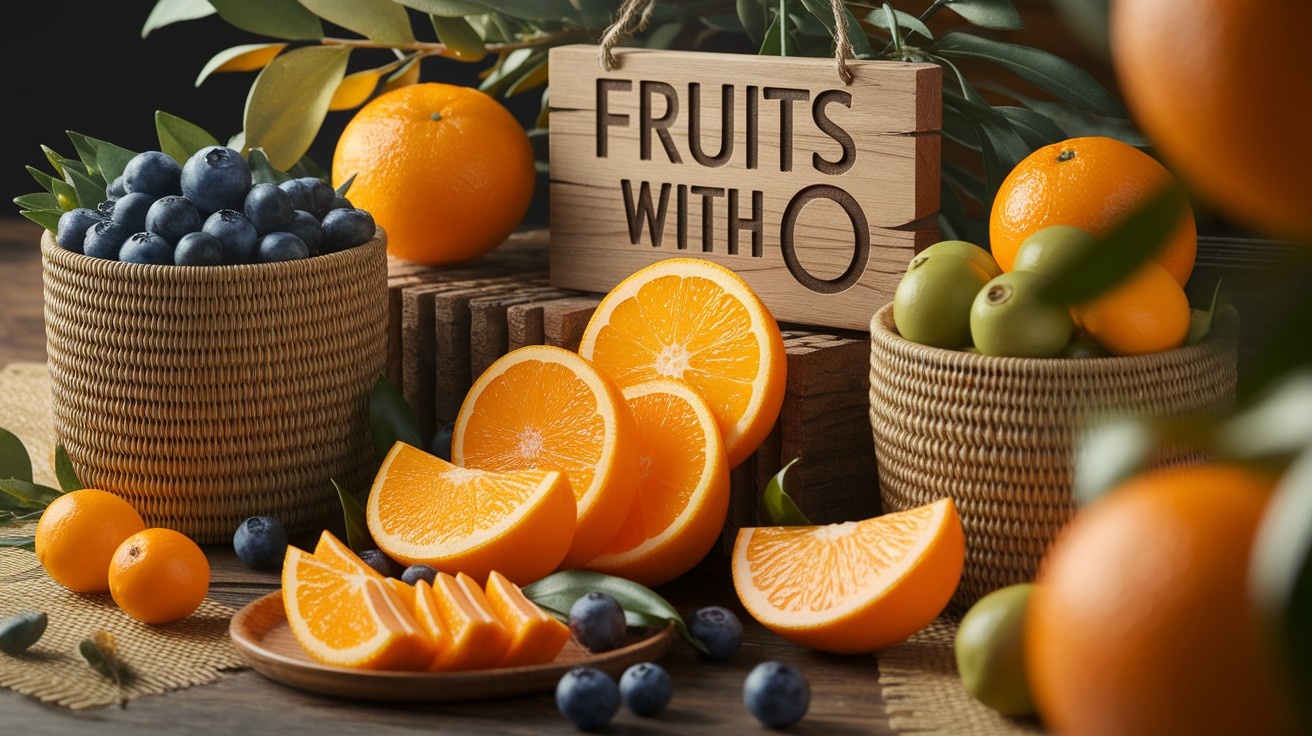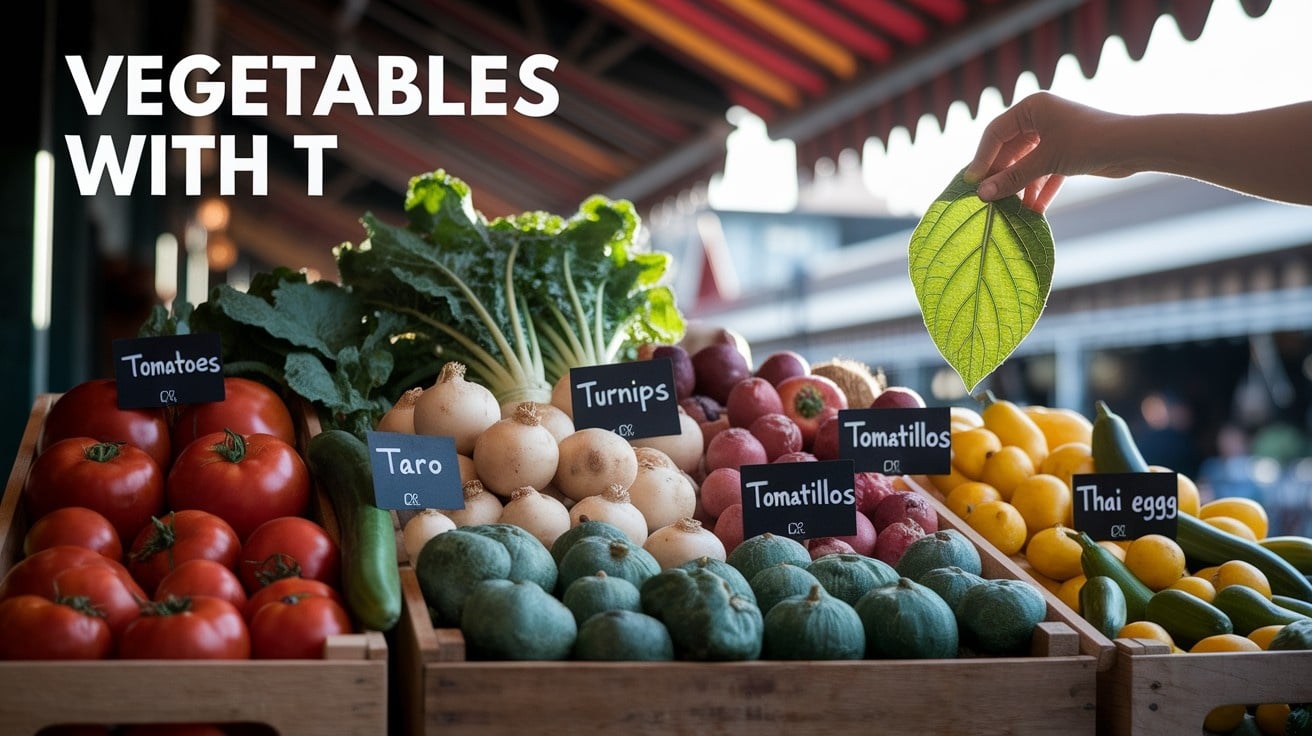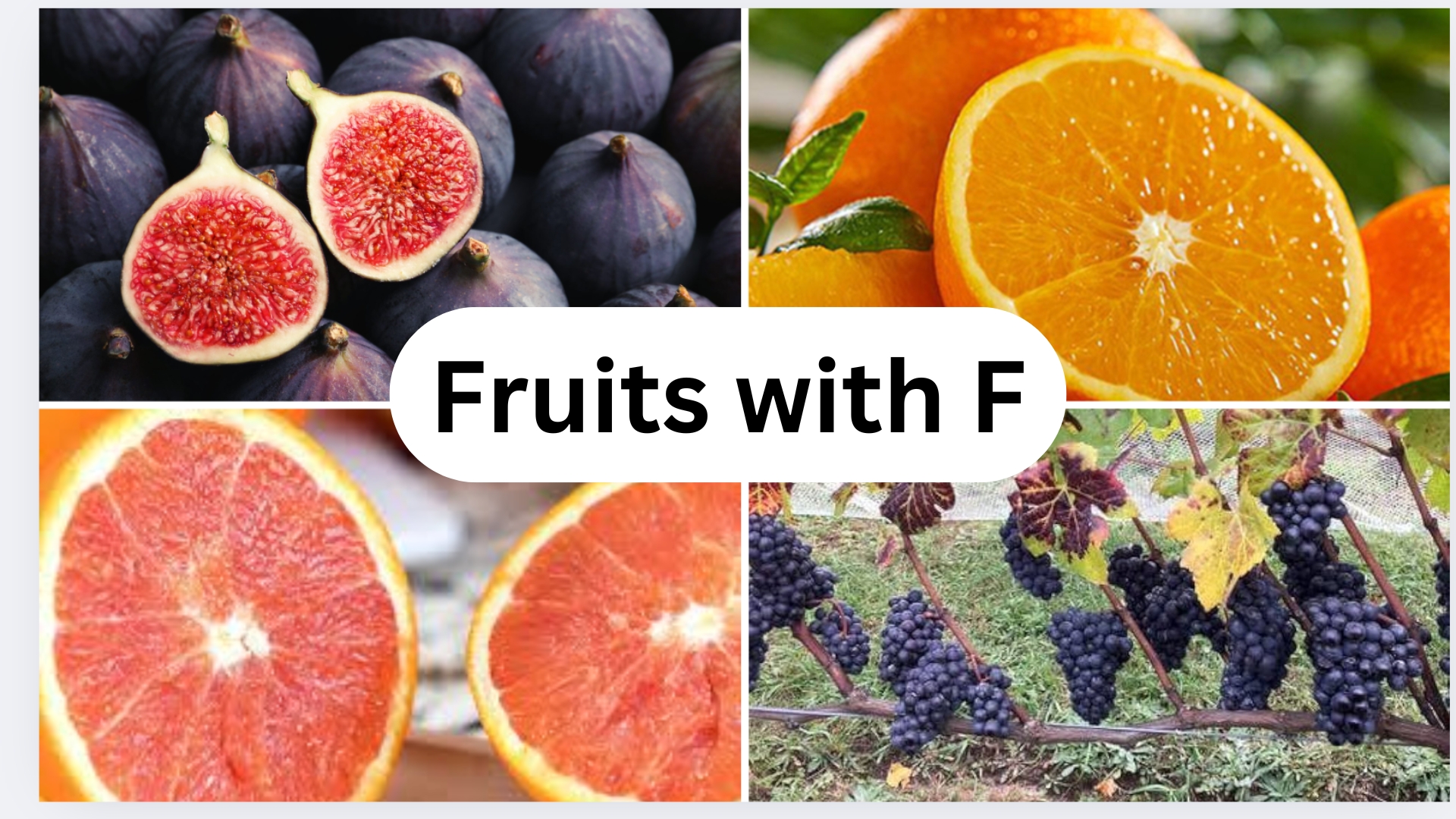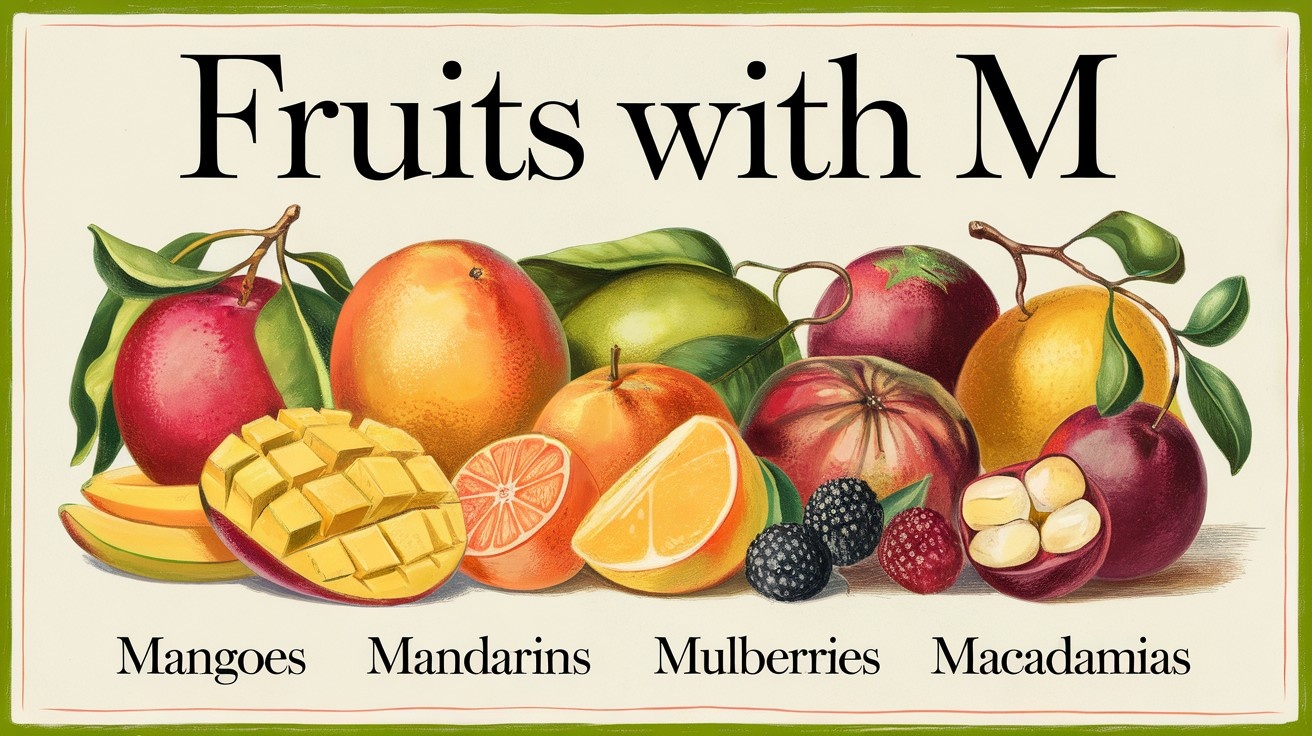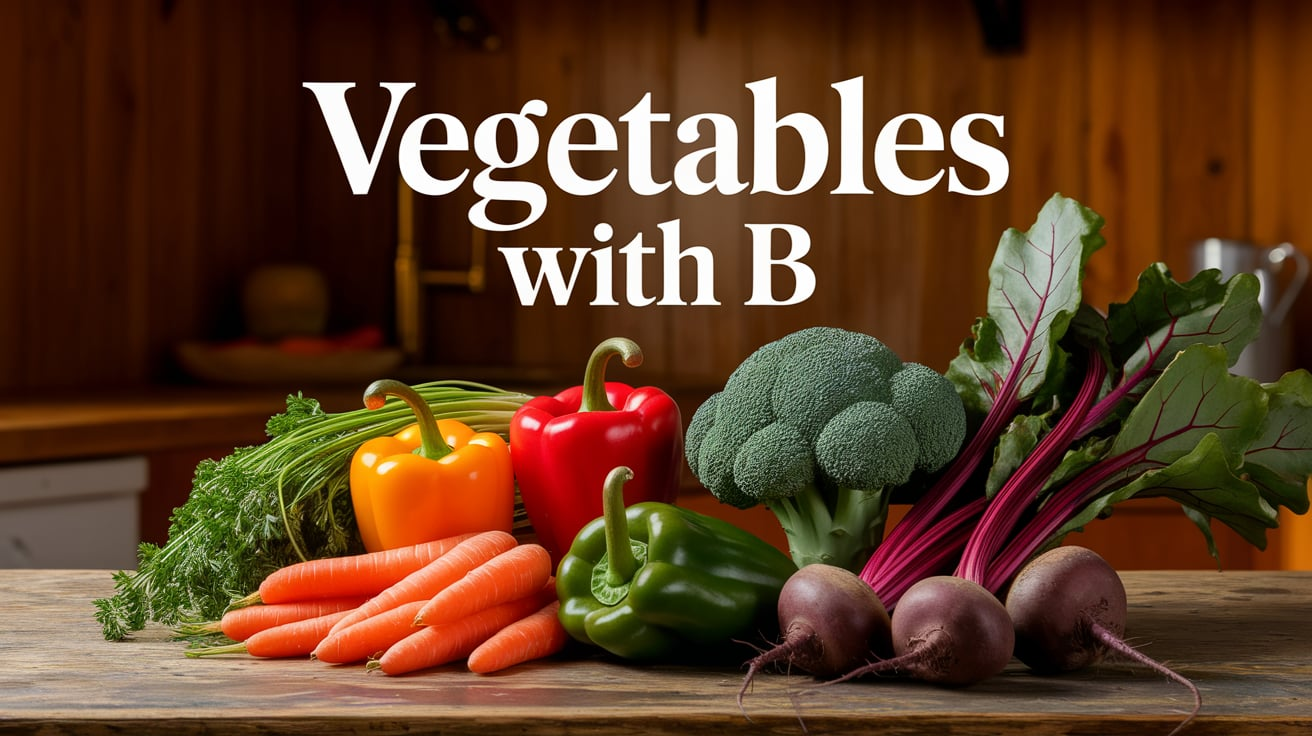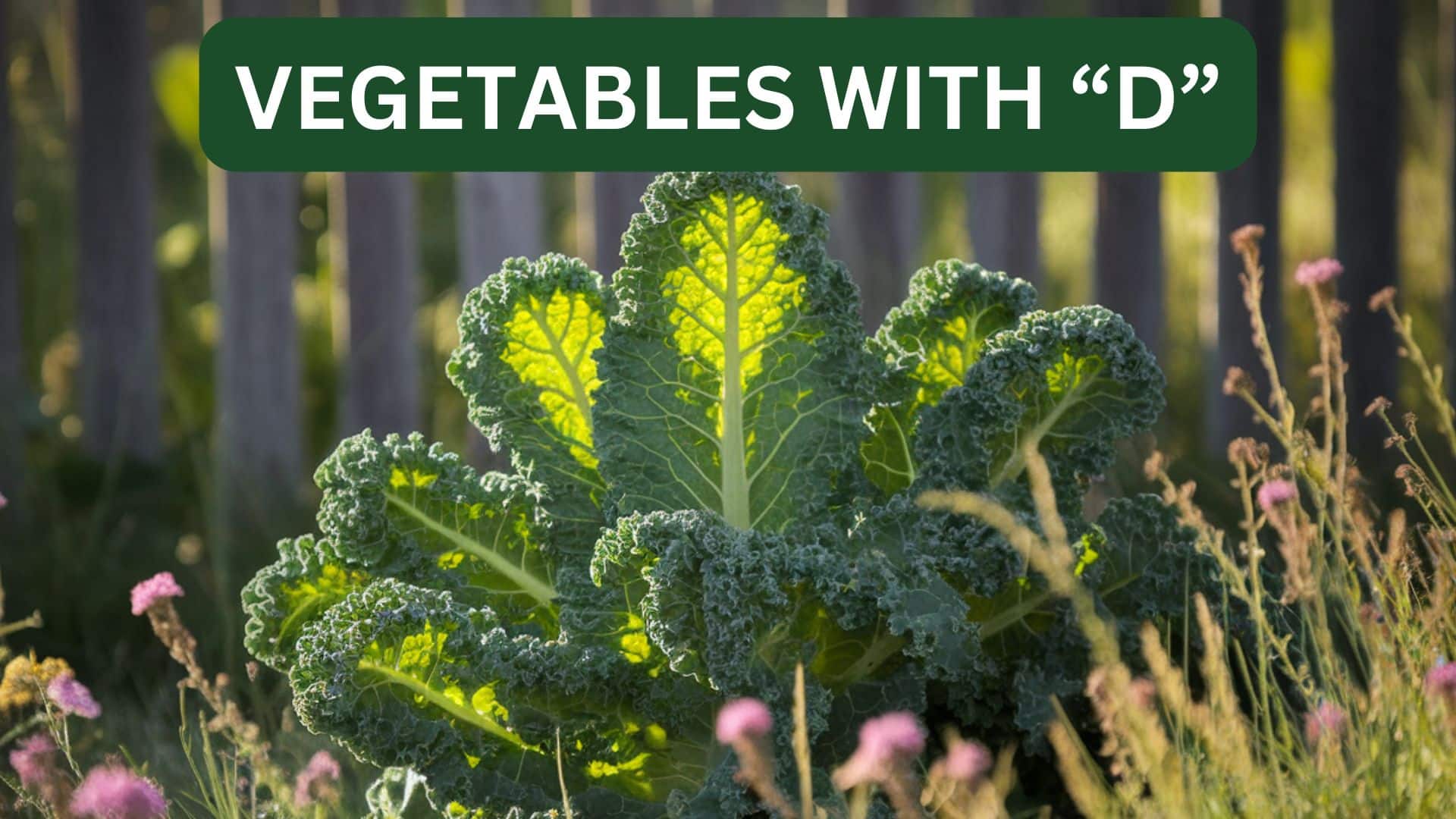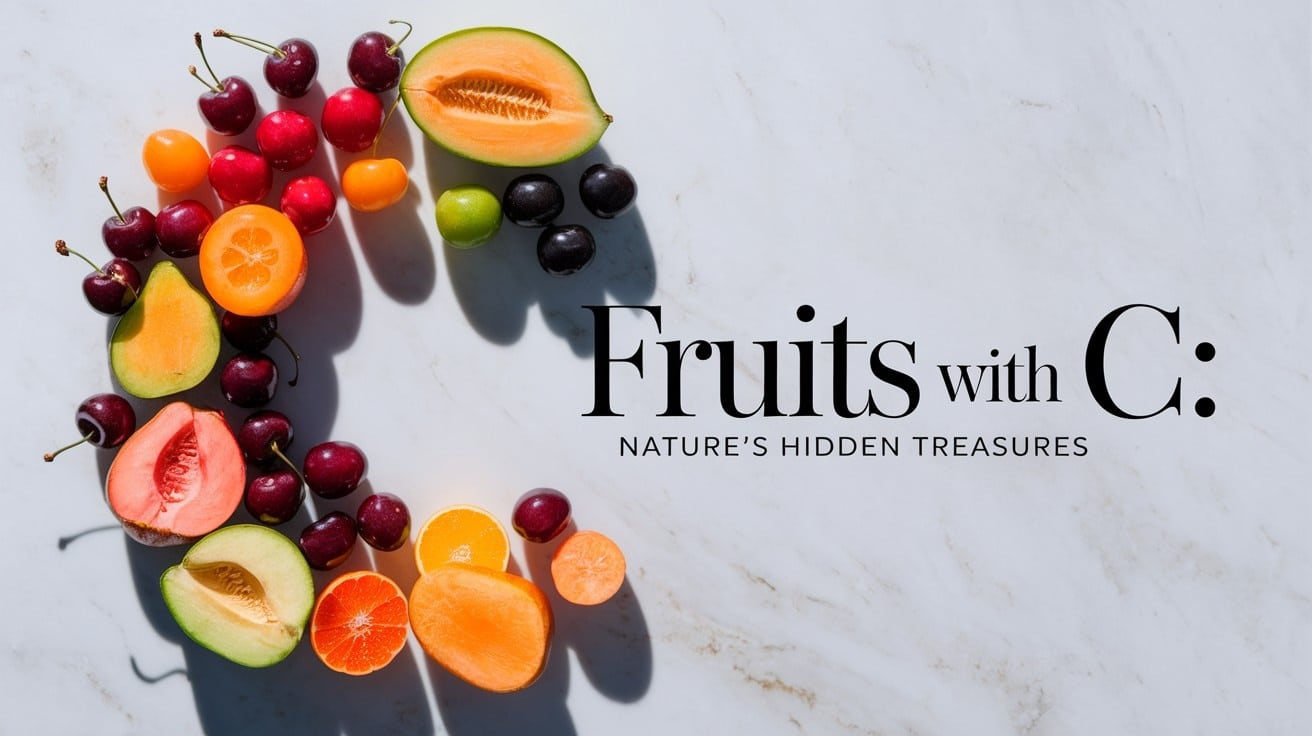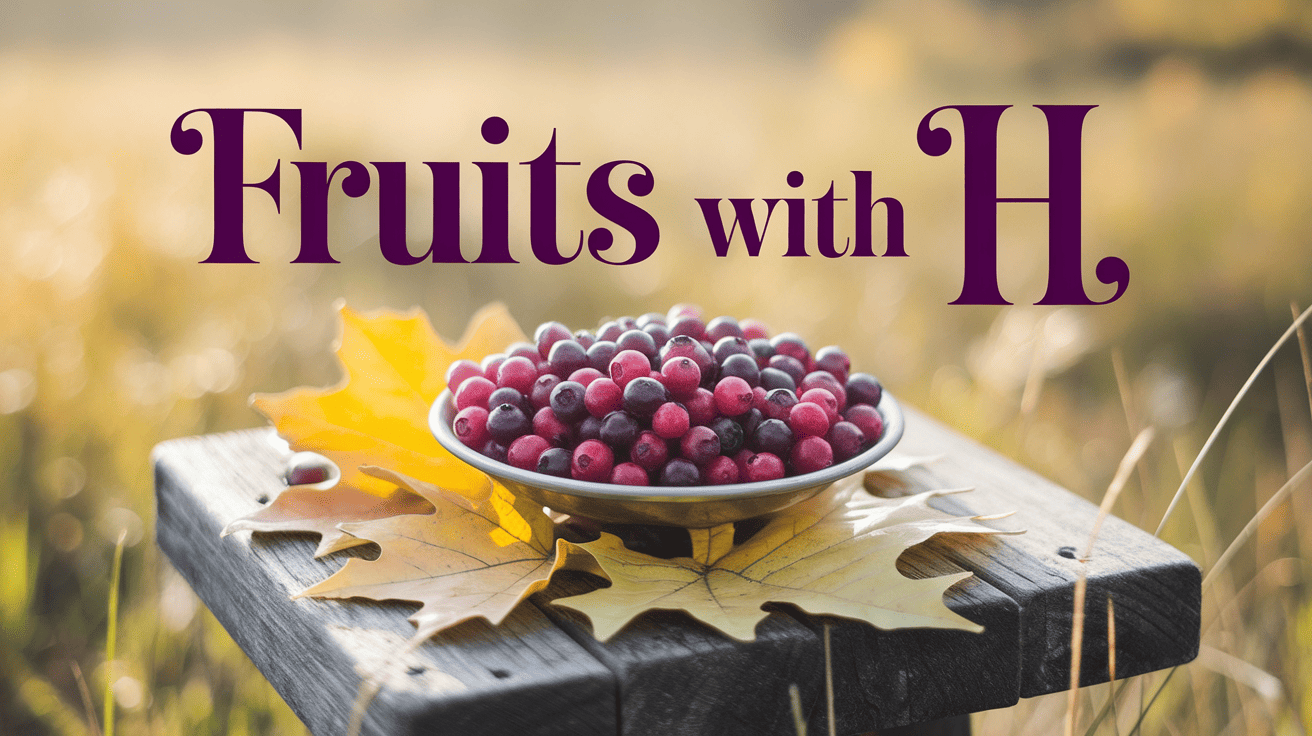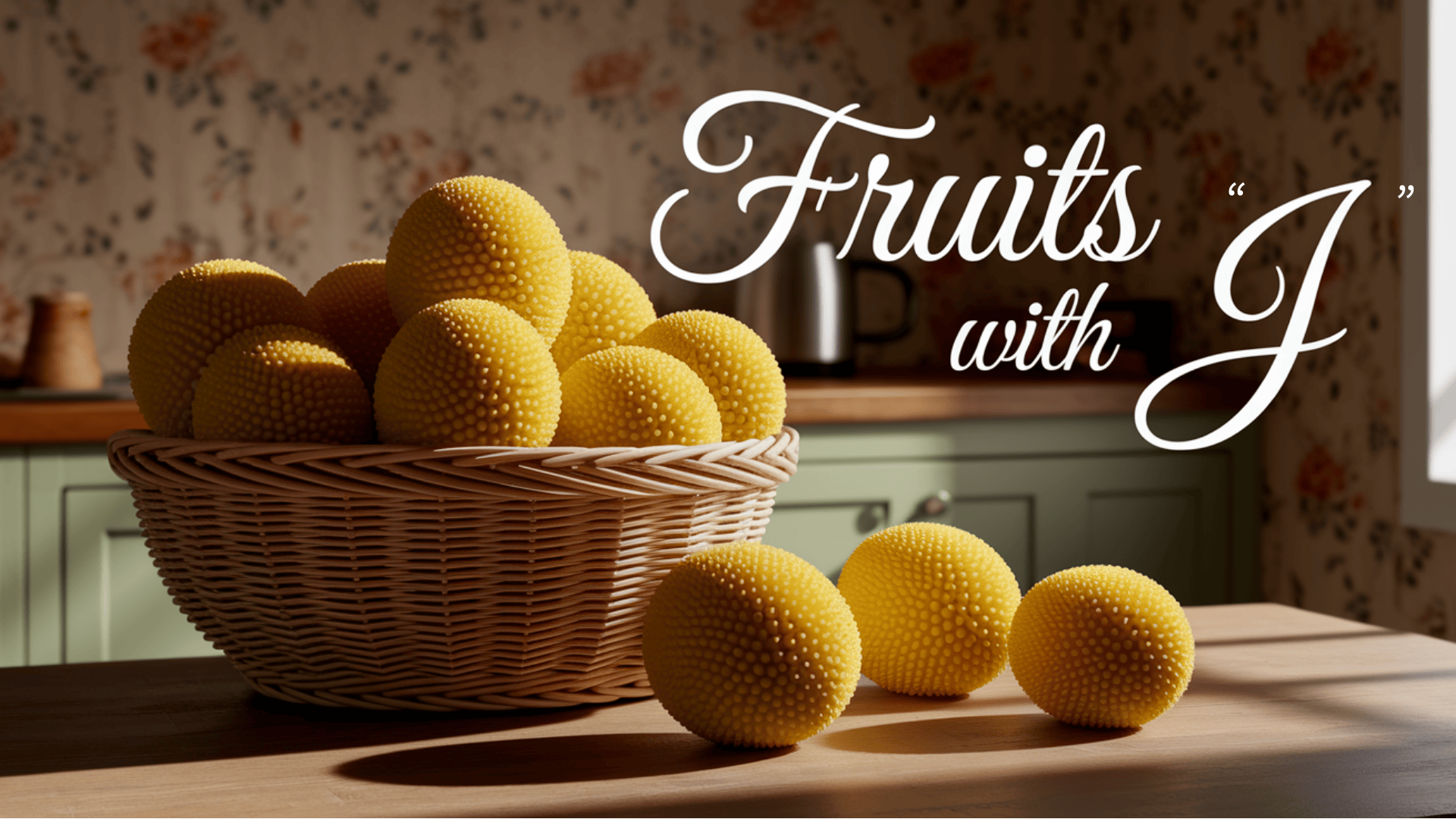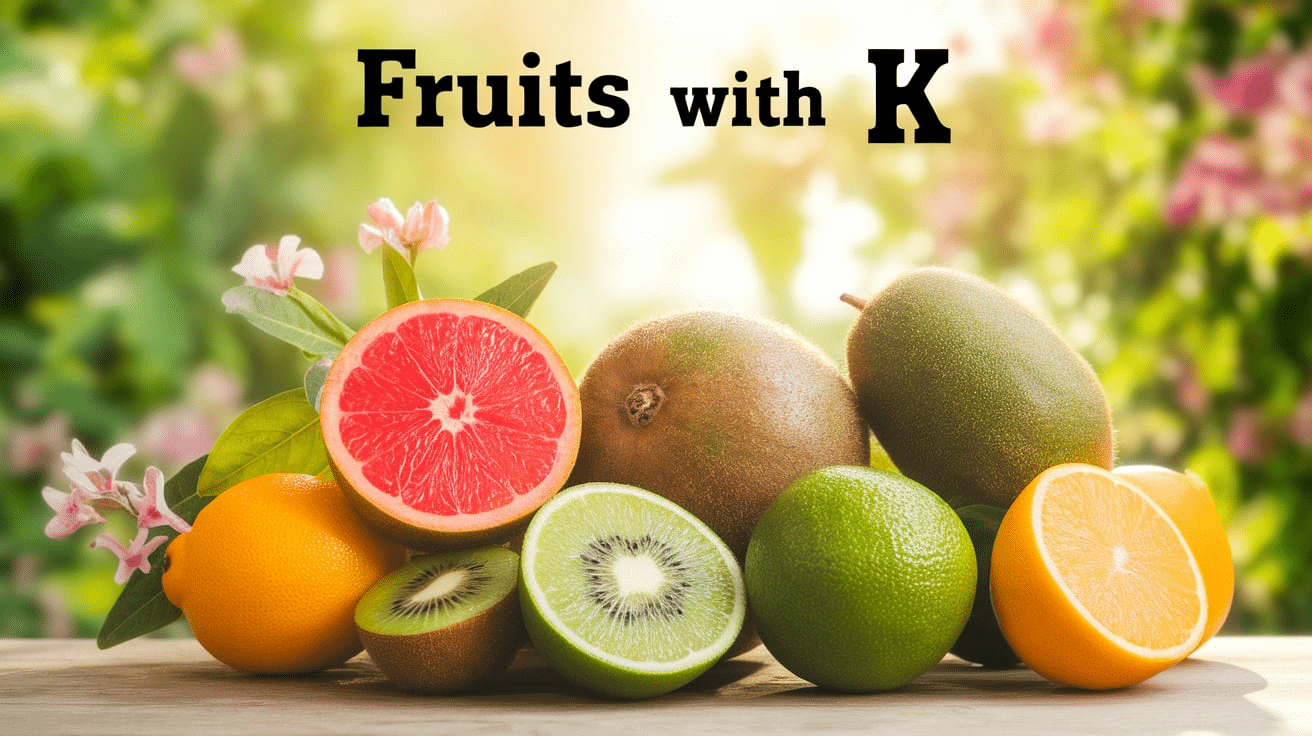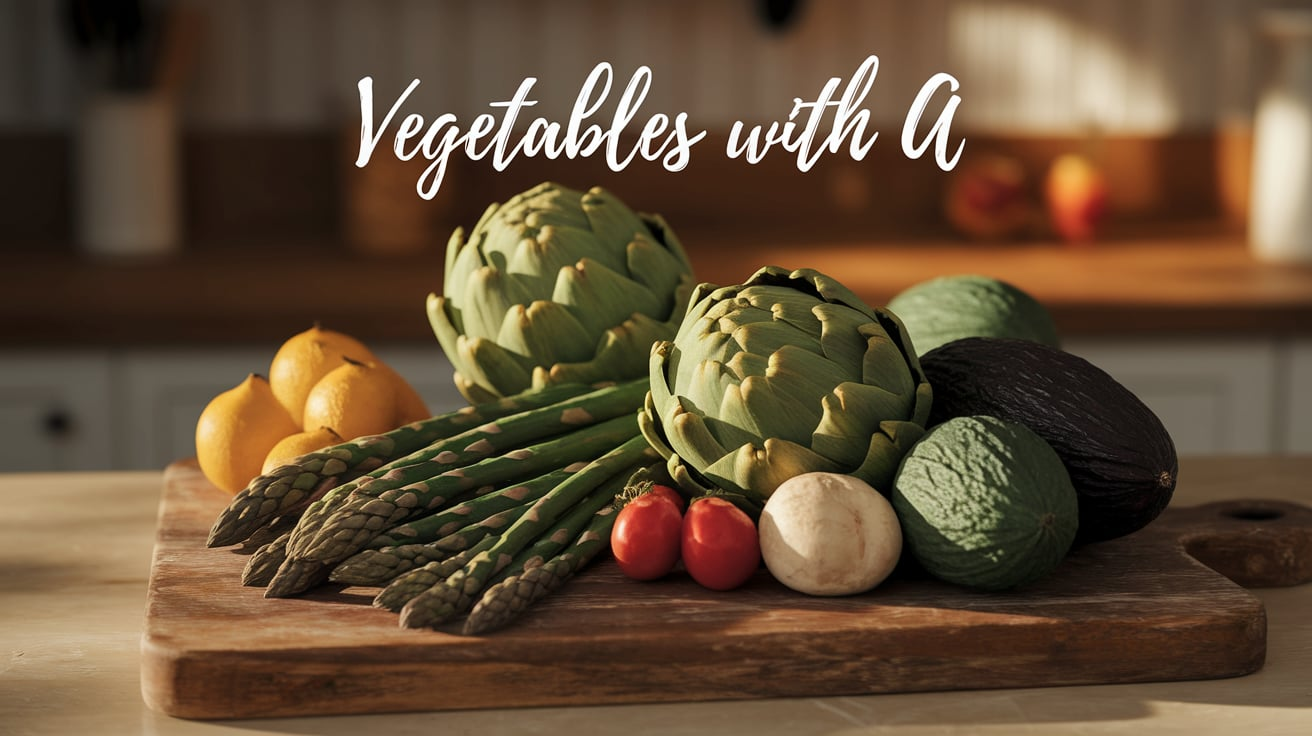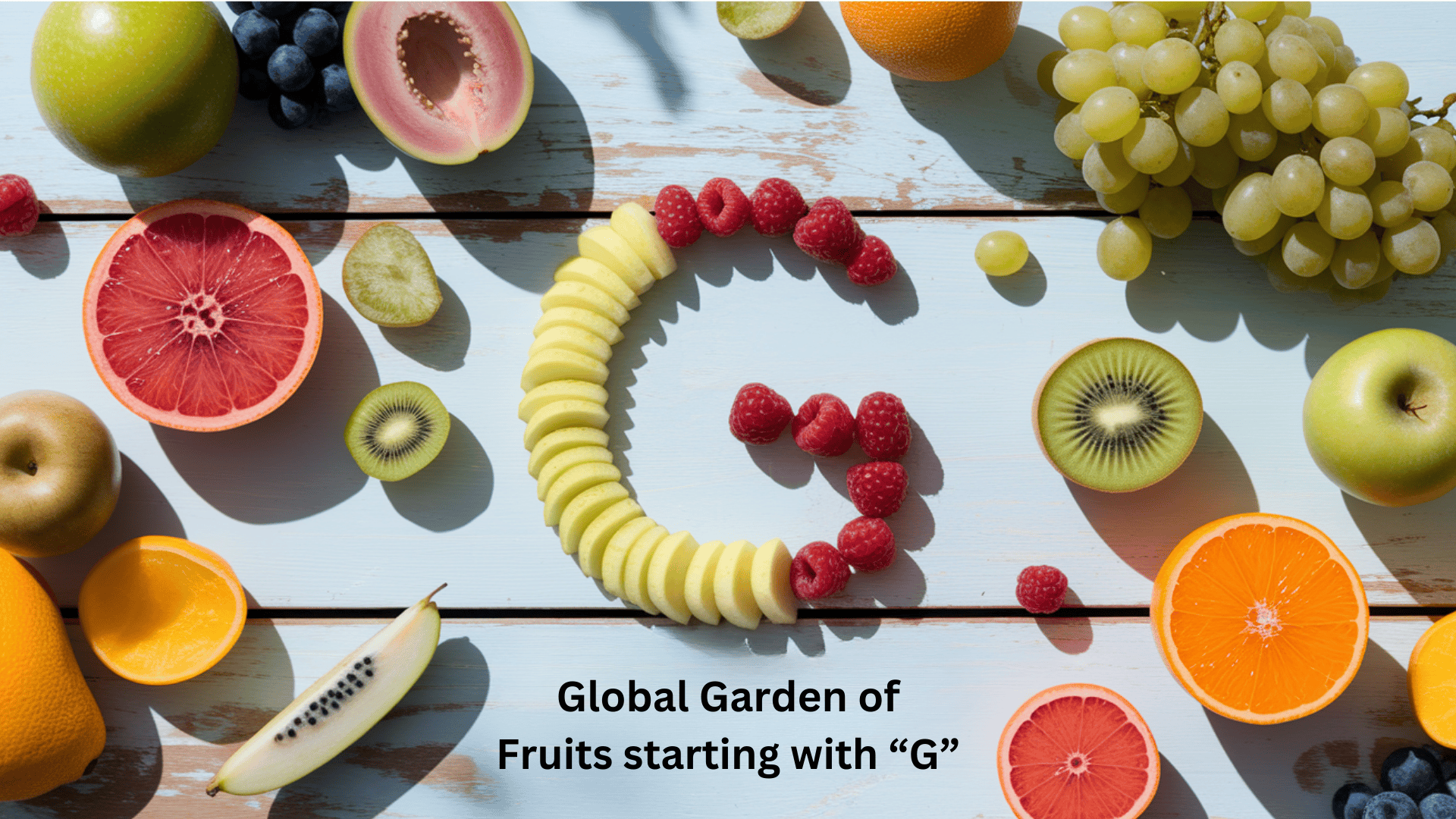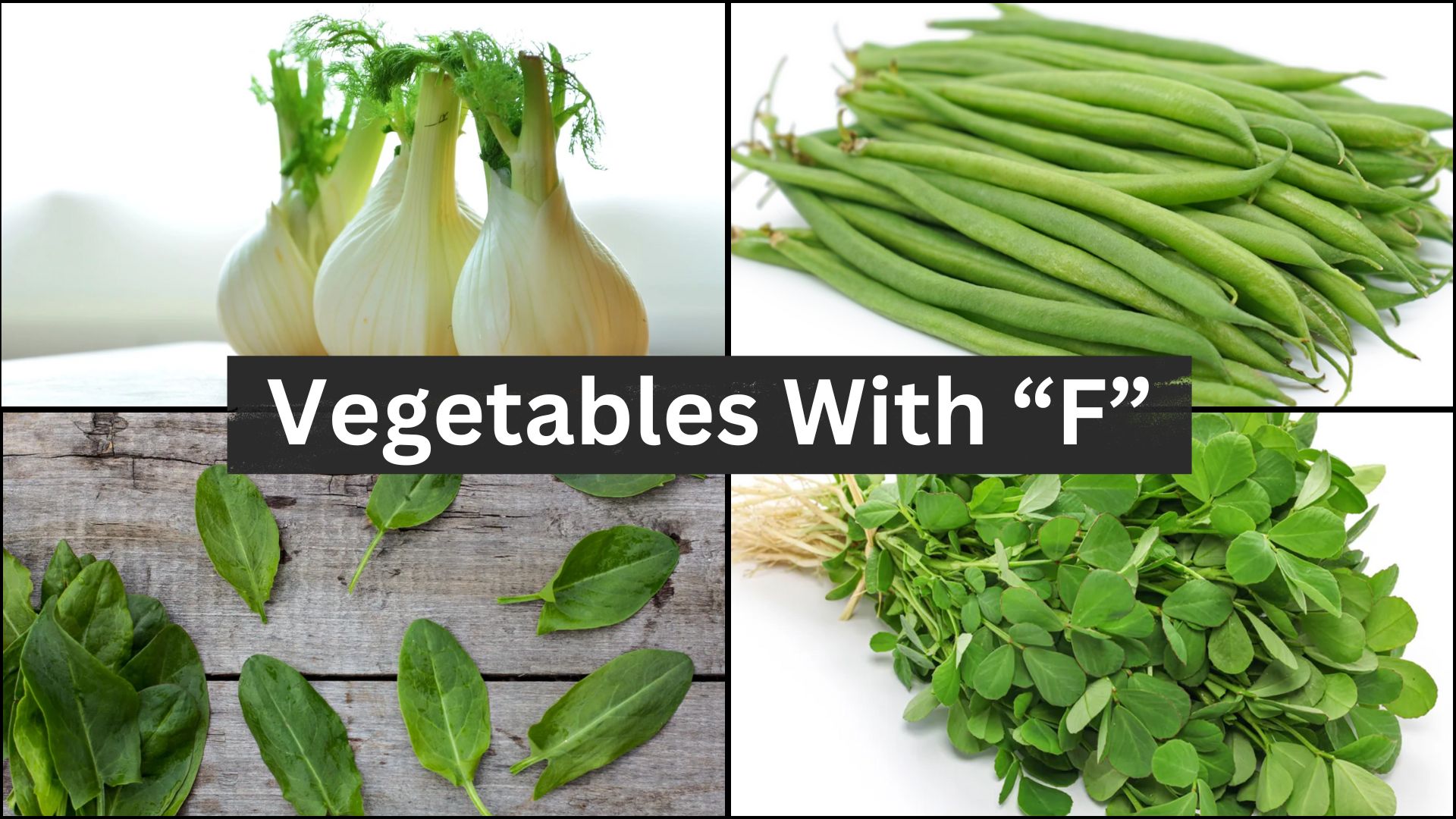
Ever wondered what vegetables start with F? From fennel’s licorice-like crunch to the buttery softness of fava beans, vegetables with F offer amazing flavors and health benefits most people overlook.
Many fantastic F-vegetables from around the globe have unique origins, impressive nutritional value, and perfect cooking partners.
Learn how French artichokes complement garlic and lemon or how fingerling potatoes shine with rosemary. Simple storage tips will help keep each veggie fresh longer.
Ready to add some variety to your meals? These fabulous F-vegetables might just become new favorites in your kitchen rotation!
Common Vegetables Starting with “F”
1. Fennel
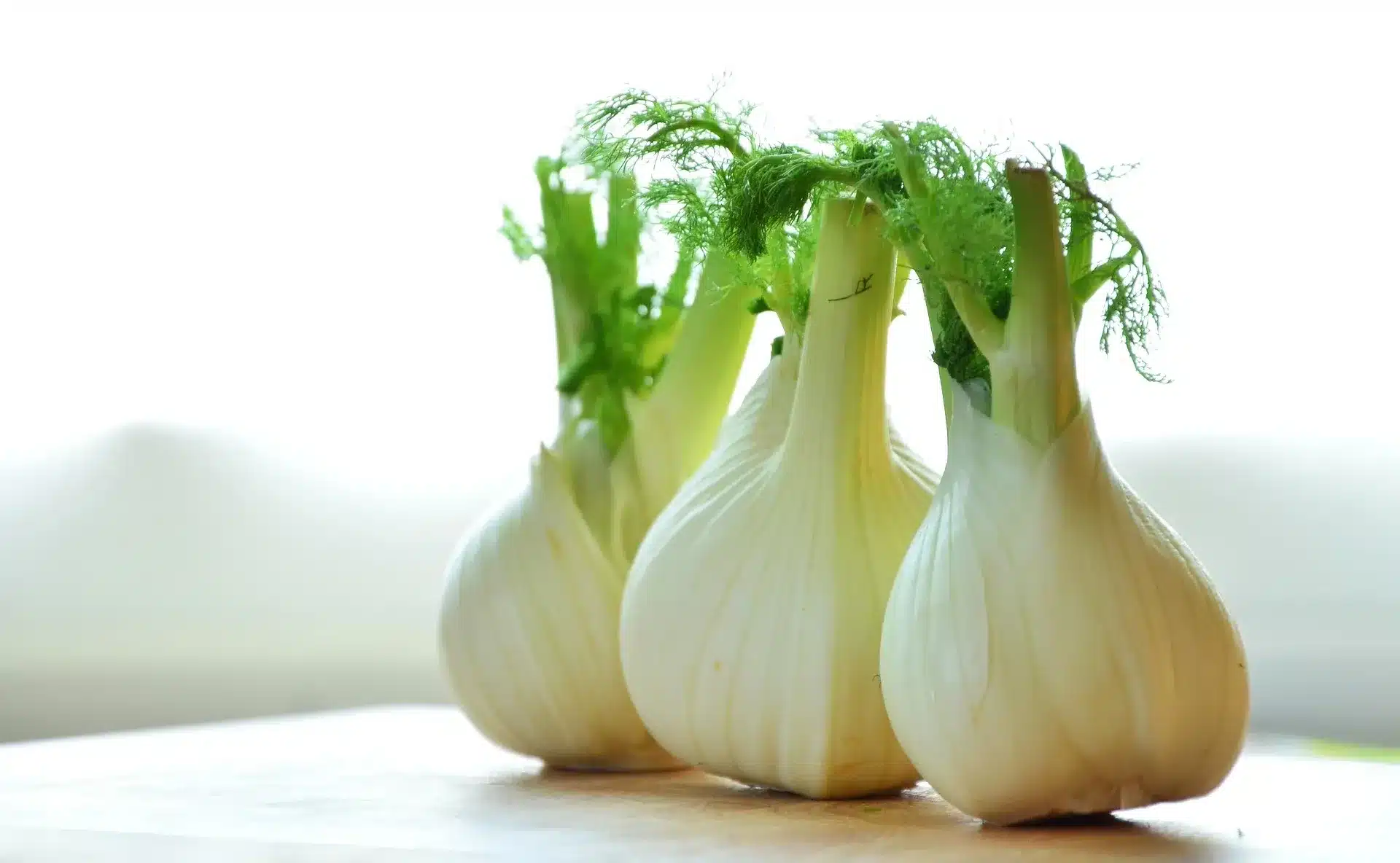
Origin: Native to the Mediterranean region.
Nutritional benefits: High in fiber, vitamin C, potassium, and antioxidants.
Culinary pairings: Pairs well with citrus, fish, olive oil, and garlic.
Storage tips: Store in the refrigerator in a plastic bag to keep it fresh for up to a week.
2. Fenugreek (leaves)
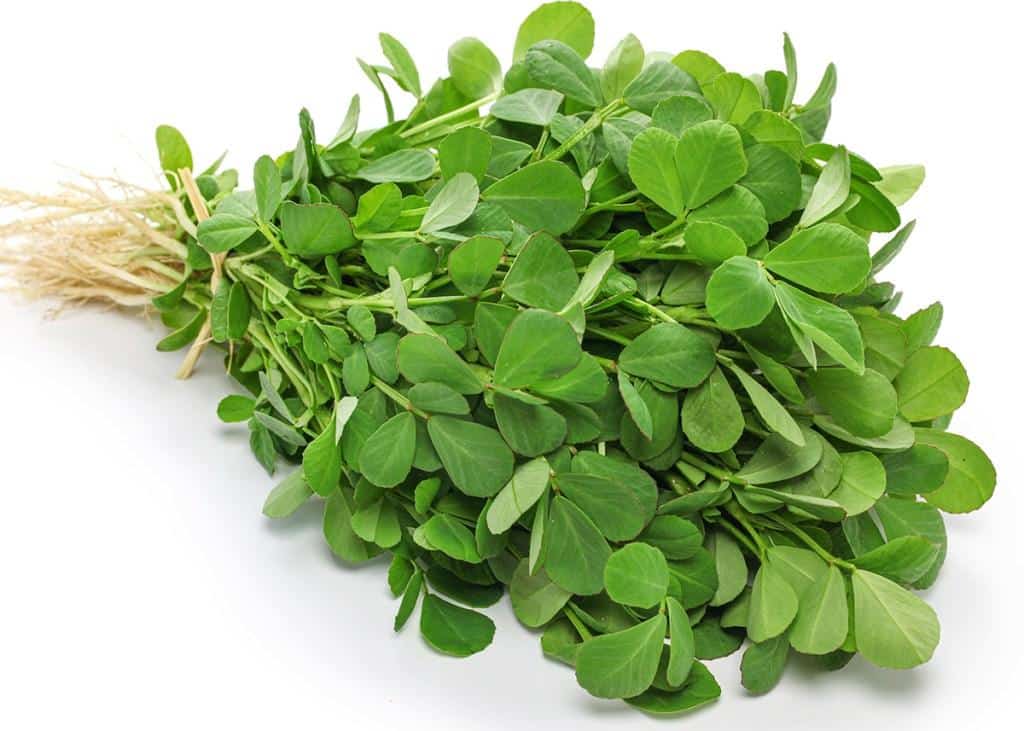
Origin: Native to the Mediterranean and Western Asia.
Nutritional benefits: Rich in vitamins A and C, iron, and antioxidants.
Culinary pairings: Pairs well with garlic, ginger, cumin, and turmeric.
Storage tips: Store in a cool, dry place in an airtight container or refrigerate fresh leaves.
NOTE: Fenugreek leaves are often considered as a spice in many cuisines.
3. Fiddlehead ferns
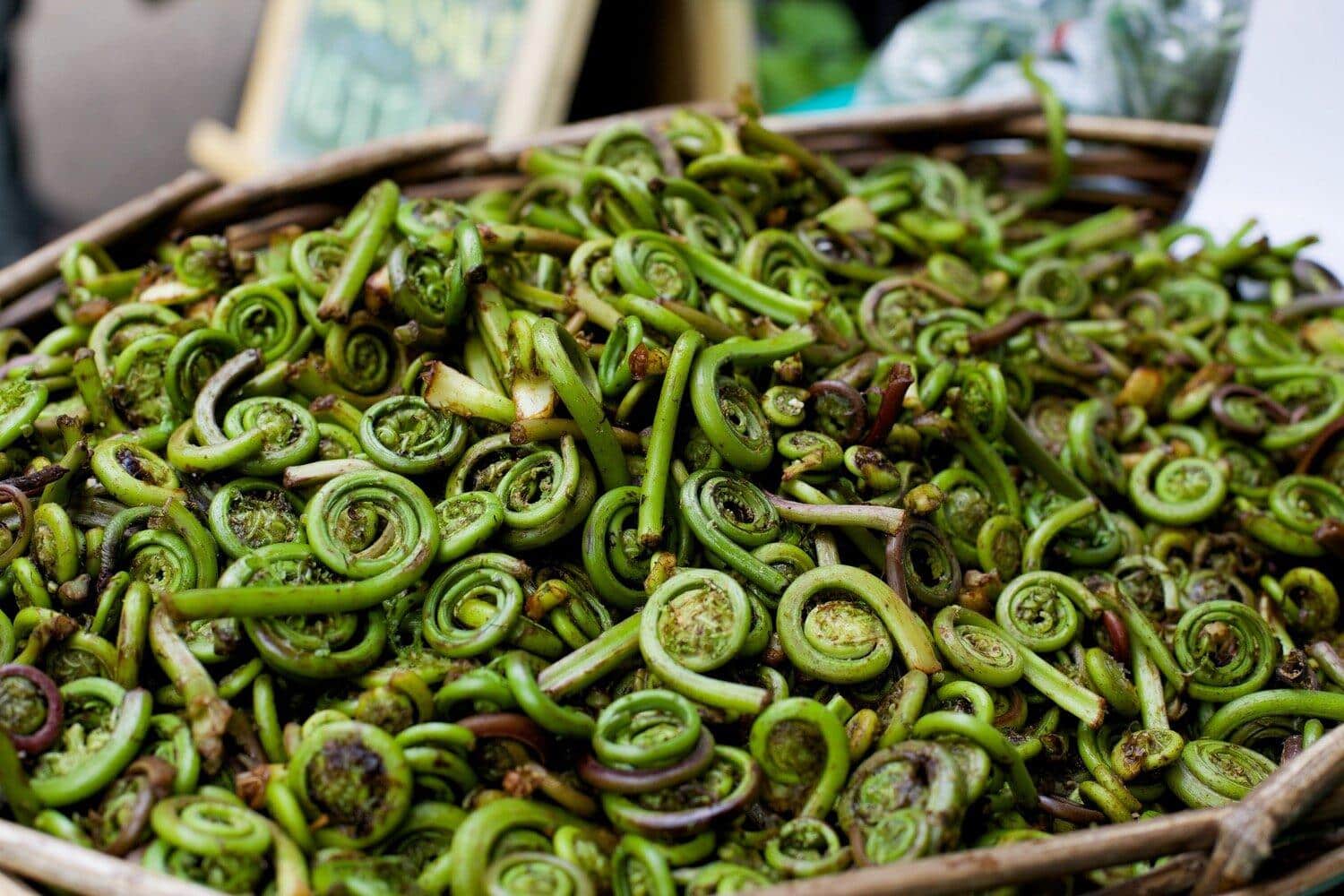
Origin: Native to temperate regions of North America, Europe, and Asia.
Nutritional benefits: High in fiber, vitamin A, and vitamin C.
Culinary pairings: Pairs well with butter, garlic, lemon, and mushrooms.
Storage tips: Refrigerate in a plastic bag and use within a few days for best flavor.
4. French beans
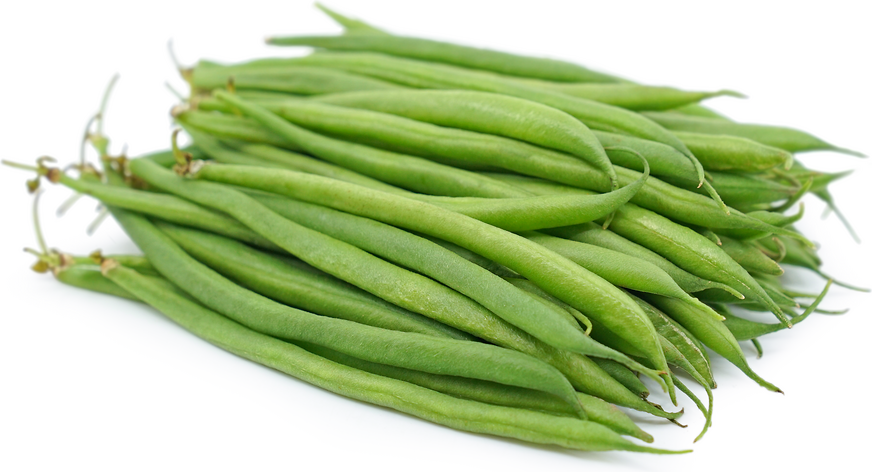
Origin: Native to Central and South America.
Nutritional benefits: Rich in vitamins A, C, K, folate, and fiber.
Culinary pairings: Pairs well with garlic, shallots, almonds, and olive oil.
Storage tips: Store in the fridge in a plastic bag to maintain freshness.
5. Flat beans
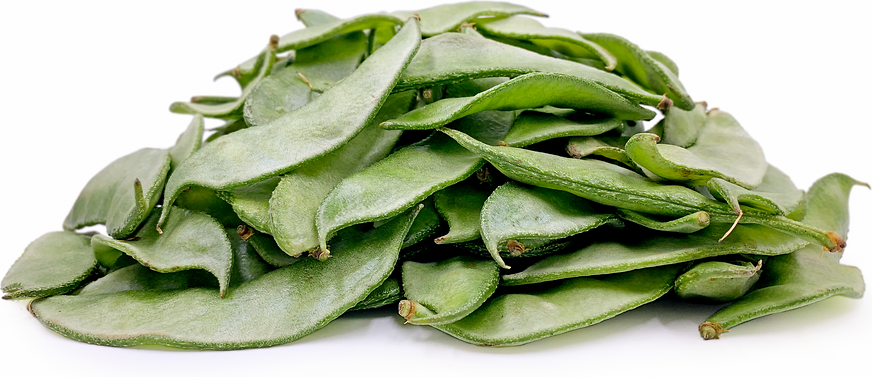
Origin: Native to Central and South America.
Nutritional benefits: High in protein, fiber, and folate.
Culinary pairings: Pairs well with onions, garlic, tomatoes, and olive oil.
Storage tips: Store in the fridge in a perforated plastic bag for up to a week.
6. Field peas
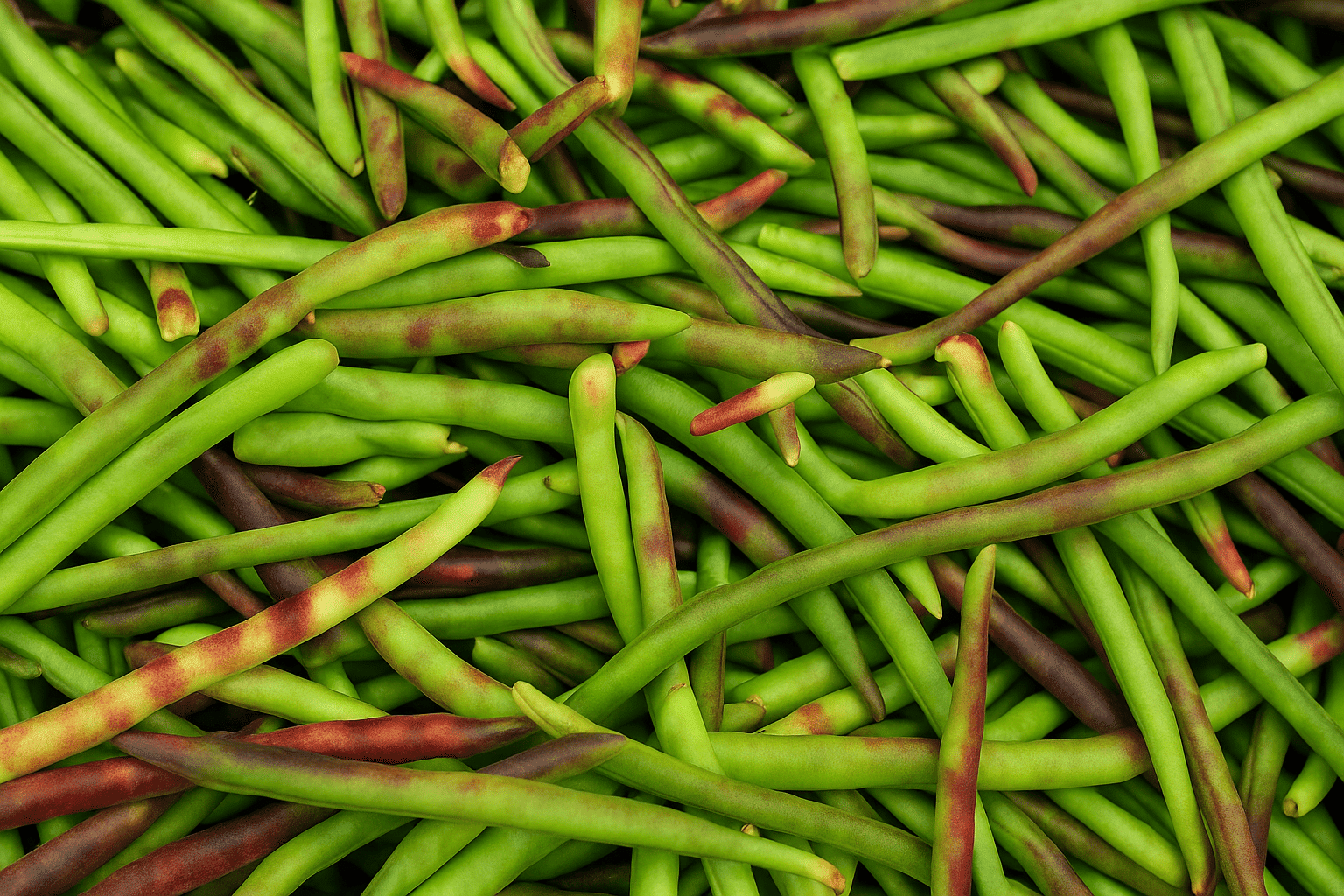
Origin: Native to the Mediterranean and Asia.
Nutritional benefits: High in fiber, protein, and iron.
Culinary pairings: Pairs well with onions, garlic, ham, and fresh herbs.
Storage tips: Store dried peas in an airtight container in a cool, dark place.
7. Fingerling potatoes
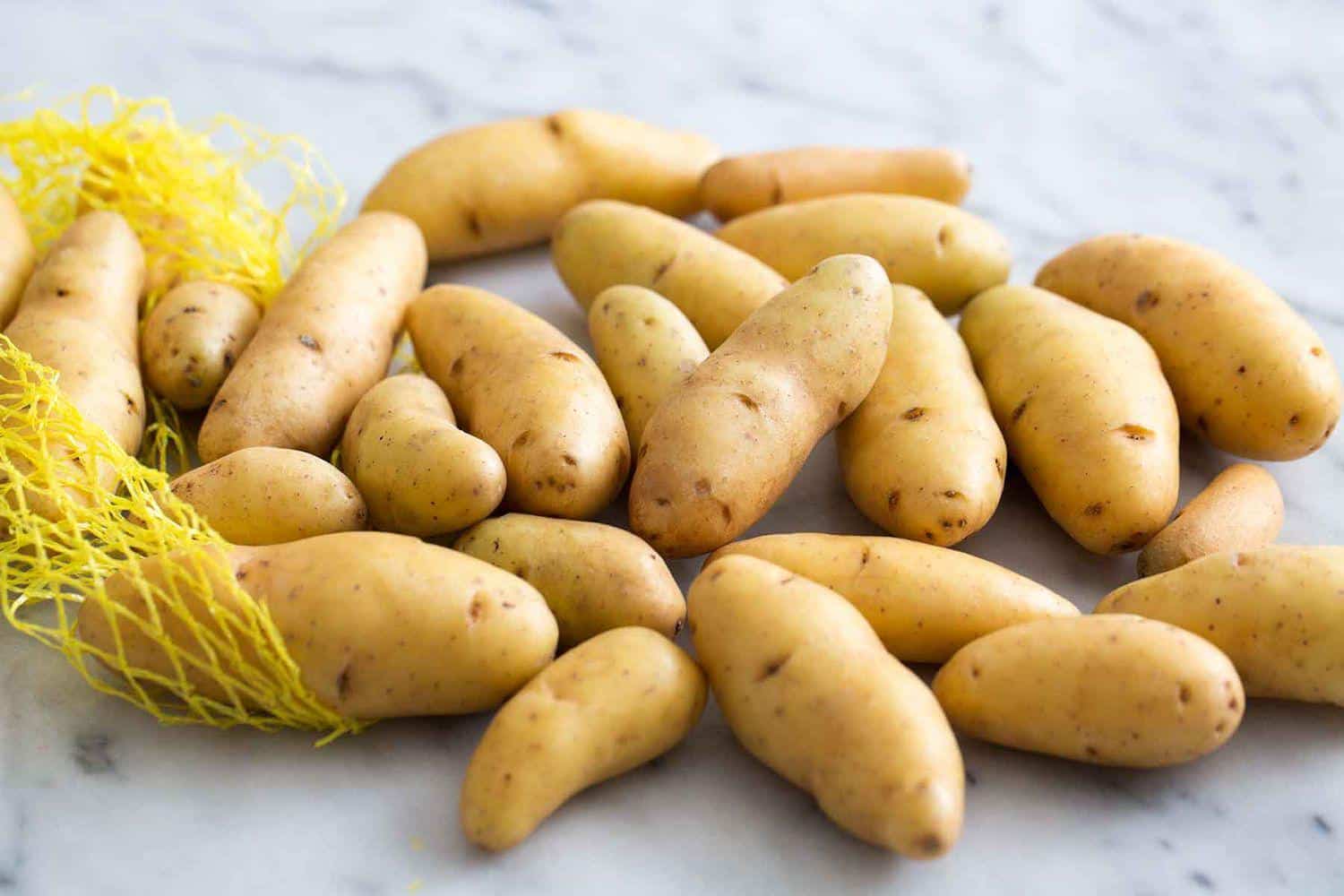
Origin: Native to the Andes region of South America.
Nutritional benefits: Rich in vitamin C, potassium, and fiber.
Culinary pairings: Pairs well with rosemary, garlic, olive oil, and sour cream.
Storage tips: Store in a cool, dark place with good ventilation to keep them fresh for several weeks.
8. Flageolet beans
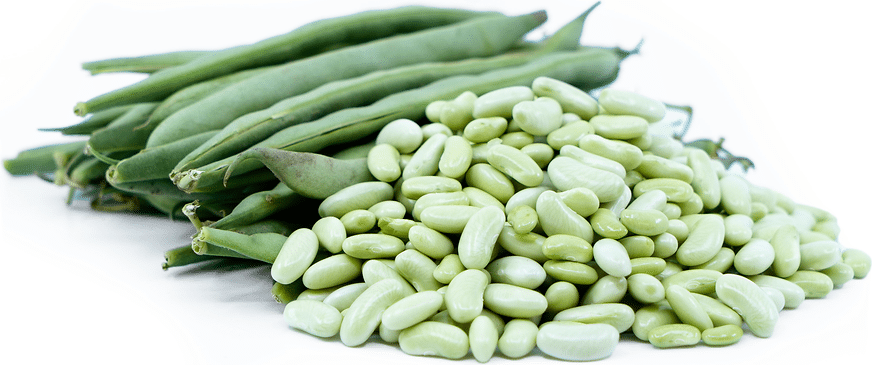
Origin: Native to France.
Nutritional benefits: High in fiber, protein, iron, and magnesium.
Culinary pairings: Pairs well with lamb, thyme, garlic, and rosemary.
Storage tips: Store dried beans in a cool, dark place in an airtight container.
9. Florence fennel
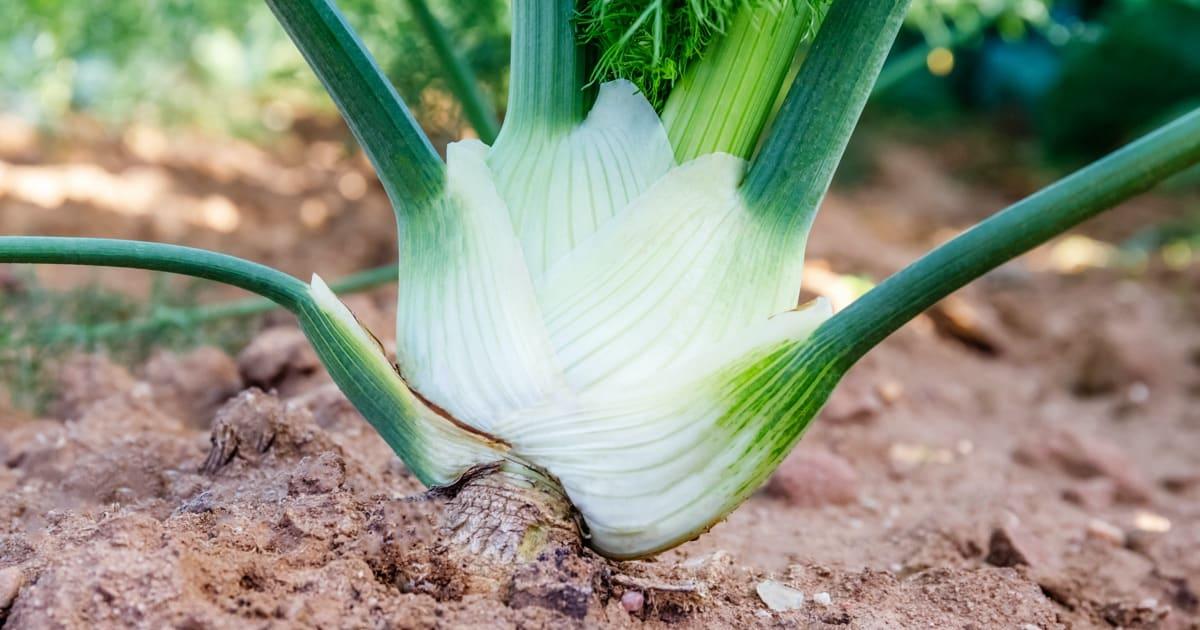
Origin: Native to the Mediterranean.
Nutritional benefits: High in fiber, vitamin C, and antioxidants.
Culinary pairings: Pairs well with fish, citrus, olive oil, and garlic.
Storage tips: Store in the fridge in a plastic bag and use within a week.
10. Fluted Pumpkin

Origin: Native to Africa, widely grown in tropical regions.
Nutritional benefits: Rich in vitamins A and C, fiber, and antioxidants.
Culinary pairings: Pairs well with fish, rice, and tomatoes.
Storage tips: Store in the fridge for up to a week, or keep whole in a cool, dark place.
11. Frisée
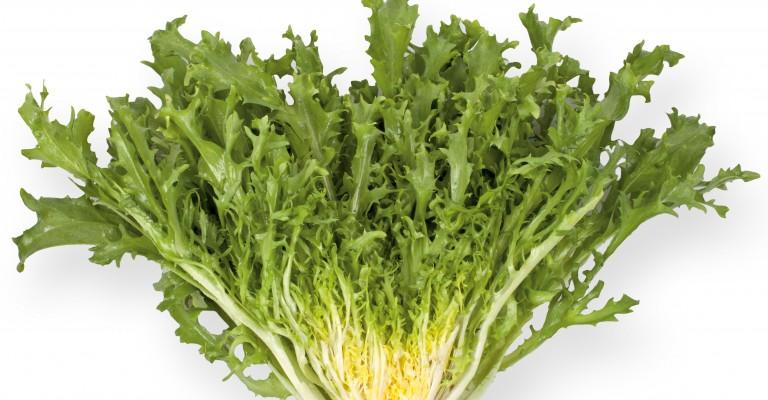
Origin: Native to France.
Nutritional benefits: Rich in vitamin A, K, folate, and fiber.
Culinary pairings: Pairs well with balsamic vinegar, olive oil, bacon, and walnuts.
Storage tips: Store in the fridge in a plastic bag for up to 4-5 days.
12. Fava beans
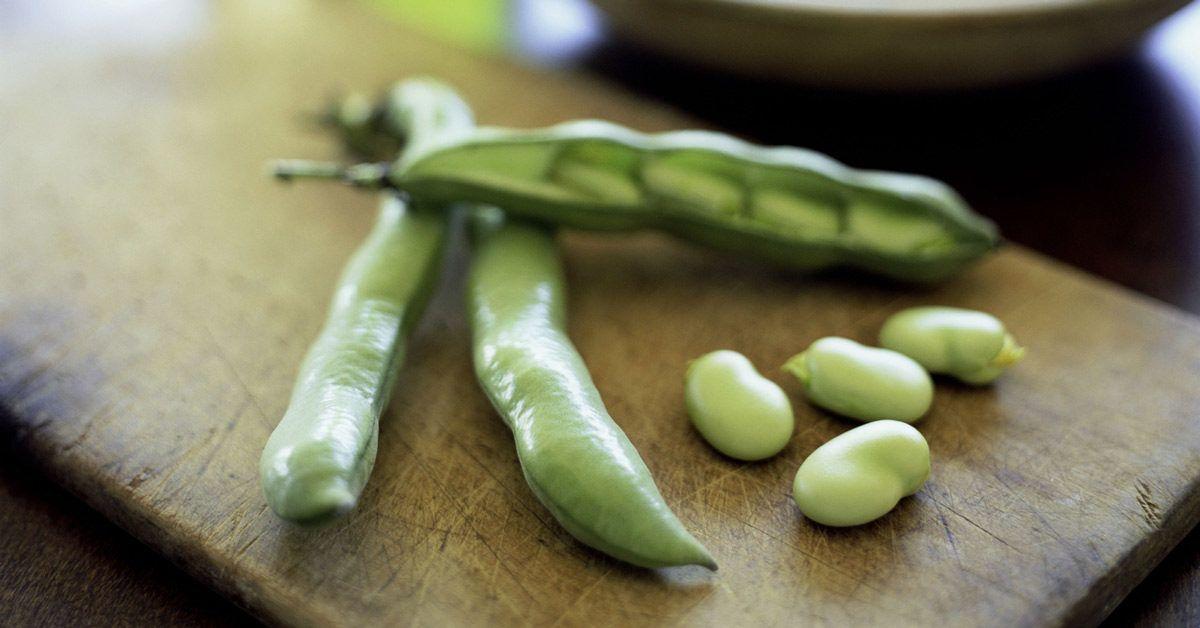
Origin: Native to the Mediterranean region.
Nutritional benefits: High in protein, fiber, and folate.
Culinary pairings: Pairs well with garlic, mint, olive oil, and lemon.
Storage tips: Store in the fridge if fresh or in a cool, dark place if dried.
13. French sorrel
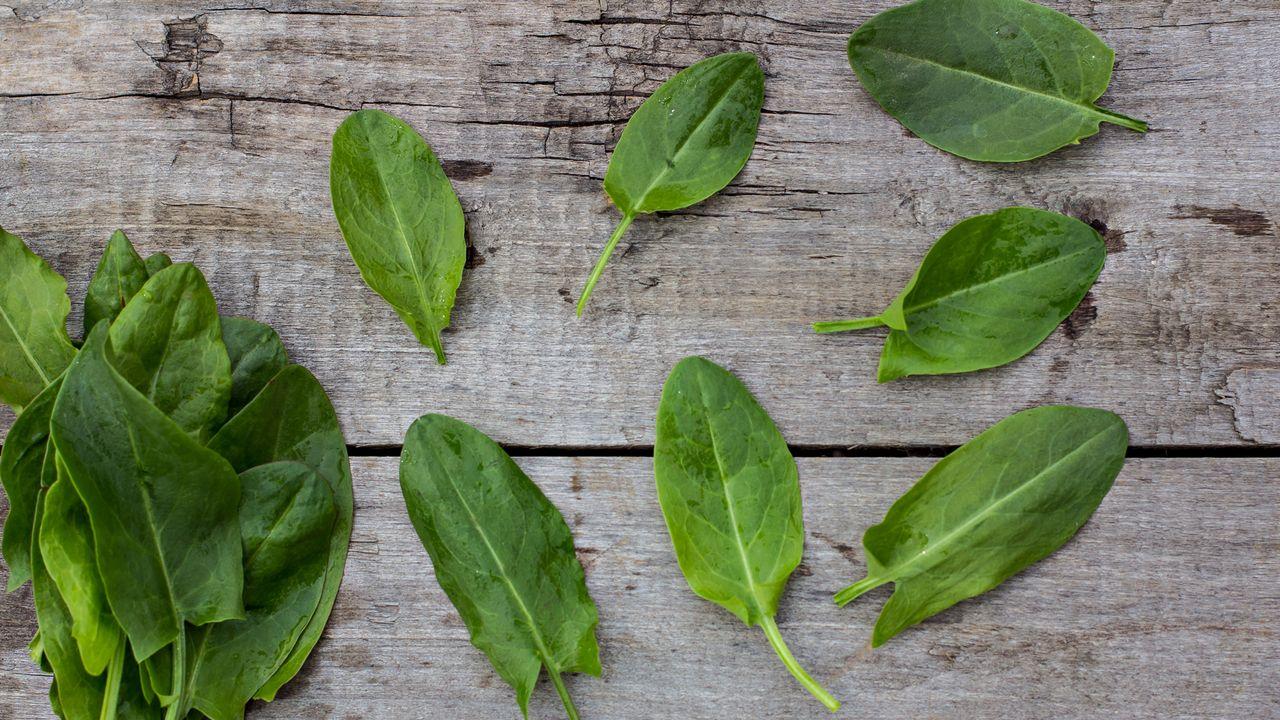
Origin: Native to Europe and parts of Asia.
Nutritional benefits: Rich in vitamin C, potassium, and antioxidants.
Culinary pairings: Pairs well with fish, chicken, eggs, and creamy sauces.
Storage tips: Store in the fridge in a plastic bag and use within a few days.
14. Fat hen
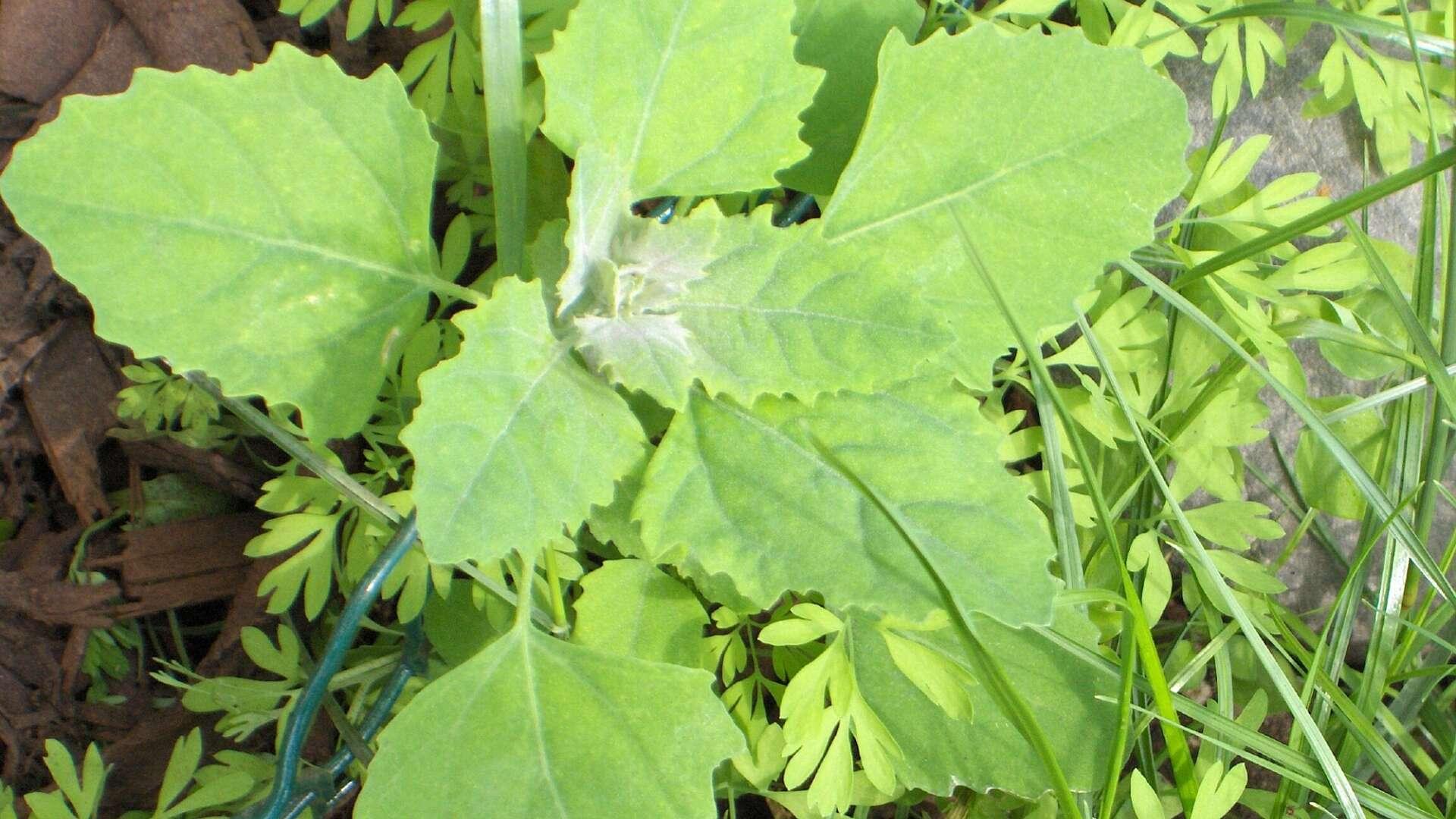
Origin: Native to Europe and Asia, often found in the wild.
Nutritional benefits: High in vitamins A and C and contains iron.
Culinary pairings: Pairs well with garlic, lemon, and olive oil.
Storage tips: Store in the fridge and use within a few days for freshness.
15. Field cucumber
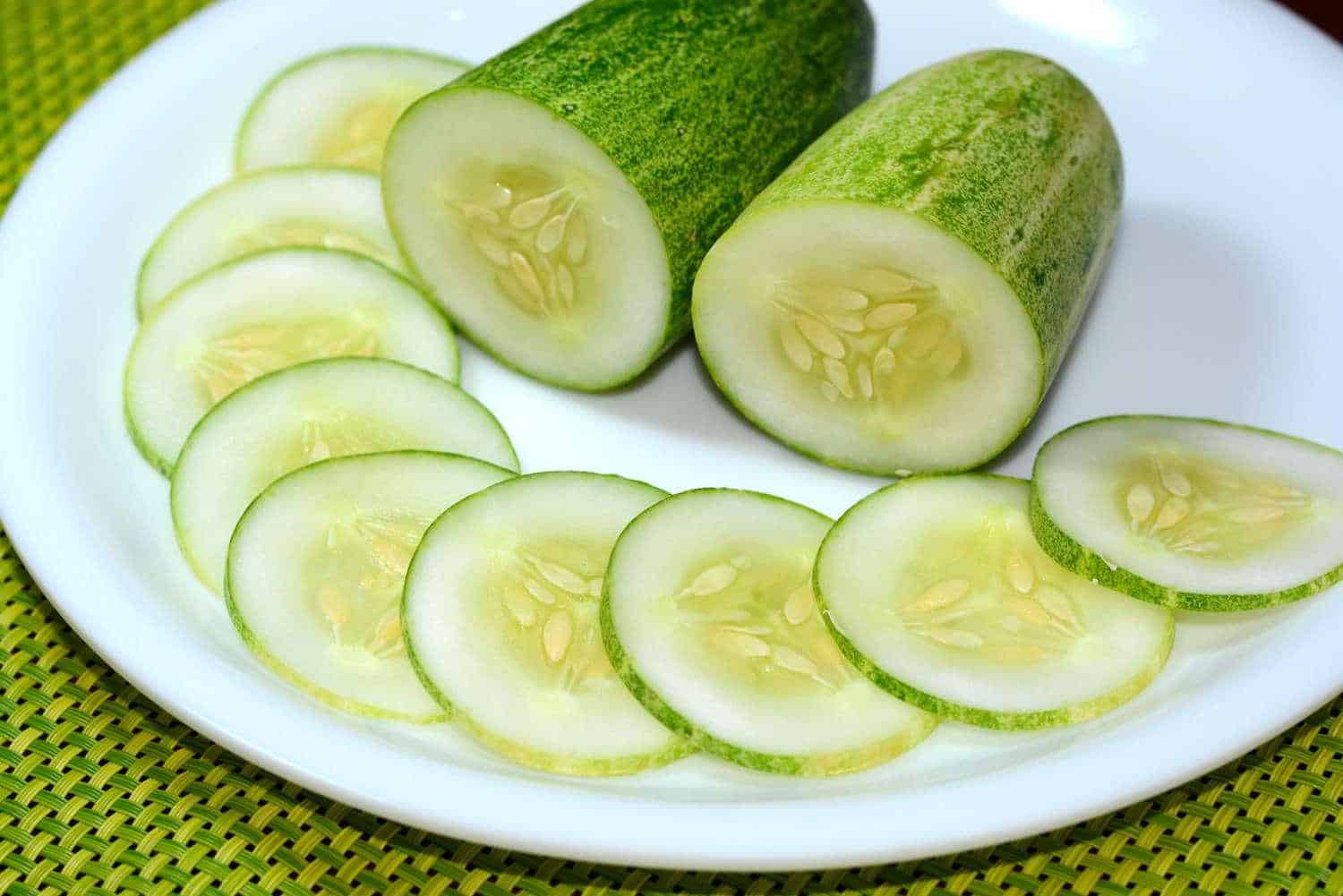
Origin: Native to South Asia, commonly grown in many regions.
Nutritional benefits: Rich in water content, vitamin K, and antioxidants.
Culinary pairings: Pairs well with yogurt, dill, tomatoes, and vinegar.
Storage tips: Store in the fridge in a plastic bag for up to a week.
More Vegetables that Start with “F”
16. False yam (e.g., aerial yam)
Origin: Native to Southeast Asia and tropical regions.
Nutritional benefits: Rich in carbohydrates, fiber, and vitamin C.
Culinary pairings: Pairs well with coconut milk, garlic, and ginger.
Storage tips: Store in a cool, dark place, and use within a week for the best freshness.
NOTE: False yam is not a true yam and is often considered a wild edible in many regions.
17. Fireweed (edible shoots)
Origin: Native to North America, Europe, and Asia.
Nutritional benefits: High in vitamins A and C, as well as antioxidants.
Culinary pairings: Pairs well with butter, garlic, and herbs.
Storage tips: Refrigerate fresh shoots for up to a few days.
NOTE: Only the young shoots of fireweed are edible; older plants can be too tough and bitter to consume.
18. Fluted pumpkin (leaves)
Origin: Native to Africa, but commonly grown in tropical regions.
Nutritional benefits: Rich in vitamins A, C, and K, and high in fiber.
Culinary pairings: Pairs well with fish, meat, and beans.
Storage tips: Store in the fridge in a plastic bag for up to a few days.
NOTE: The leaves of the fluted pumpkin are edible and commonly used in African cuisine, often in soups and stews.
19. Fuzzy melon (a type of winter melon)
Origin: Native to East Asia.
Nutritional benefits: Low in calories, rich in vitamin C and water content.
Culinary pairings: Pairs well with garlic, ginger, soy sauce, and chili.
Storage tips: Store in a cool, dry place for up to a week or refrigerate for longer freshness.
NOTE: Fuzzy melon is typically used for its mild flavor and is considered edible once cooked.
20. Fairy ring mushroom (edible fungus)
Origin: Found in many parts of the world, especially in grasslands.
Nutritional benefits: High in protein, fiber, and B-vitamins.
Culinary pairings: Pairs well with butter, garlic, thyme, and parsley.
Storage tips: Store in the fridge in a paper bag for up to a week.
21. Field mushroom
Origin: Commonly found in temperate regions of Europe and North America.
Nutritional benefits: Rich in protein, fiber, and B vitamins.
Culinary pairings: Pairs well with garlic, butter, thyme, and onions.
Storage tips: Store in the fridge in a paper bag or container.
NOTE: Ensure proper identification when foraging as some wild mushrooms can be toxic.
22. Forest mushroom (general term for wild edible fungi)
Origin: Found in forests and woodlands across many regions.
Nutritional benefits: High in fiber, vitamin D, and antioxidants.
Culinary pairings: Pairs well with garlic, cream, and fresh herbs.
Storage tips: Store in the fridge, preferably in a paper bag, and use within a week.
23. French artichoke
Origin: Native to the Mediterranean region.
Nutritional benefits: High in fiber, antioxidants, and vitamin C.
Culinary pairings: Pairs well with garlic, olive oil, lemon, and herbs.
Storage tips: Store in the fridge in a plastic bag for up to a week.
NOTE: Only the flower buds of the French artichoke are edible; the stem and leaves are not typically consumed.
24. Fingerroot (used as a vegetable in some cuisines)
Origin: Native to Southeast Asia.
Nutritional benefits: Rich in antioxidants and essential oils with anti-inflammatory properties.
Culinary pairings: Pairs well with garlic, ginger, and Thai herbs.
Storage tips: Store in the fridge for up to a week in a paper bag or container.
25. Fish mint (edible leaves)
Origin: Native to East Asia and commonly found in wetland areas.
Nutritional benefits: High in vitamins A and C, with antimicrobial properties.
Culinary pairings: Pairs well with fish, soy sauce, and sesame oil.
Storage tips: Store in the fridge in a sealed container for up to 3 days.
NOTE: Fish mint leaves are edible, but the plant can have a strong flavor that is not to everyone’s taste.
26. Fuki (Japanese butterbur stalks)
Origin: Native to Japan, commonly found in mountainous regions.
Nutritional benefits: Rich in fiber, vitamin C, and antioxidants.
Culinary pairings: Pairs well with soy sauce, miso, and pork.
Storage tips: Store in the fridge for up to a week in a plastic bag.
27. Fennel root
Origin: Native to the Mediterranean region.
Nutritional benefits: Rich in fiber, vitamin C, and antioxidants.
Culinary pairings: Pairs well with fish, pork, garlic, and lemon.
Storage tips: Store in the fridge in a plastic bag for up to a week.
28. Field garlic (wild leek)
Origin: Native to Europe and North America.
Nutritional benefits: High in vitamins A, C, and K, and contains antioxidants.
Culinary pairings: Pairs well with potatoes, soups, and meats.
Storage tips: Store in the fridge in a plastic bag for up to a week.
29. Filé (used as a vegetable-like seasoning)
Origin: Native to North America, primarily in the Southeastern United States.
Nutritional benefits: Contains antioxidants, vitamin C, and essential oils.
Culinary pairings: Pairs well with gumbo, soups, and stews.
Storage tips: Store dried filé in an airtight container in a cool, dark place.
30. French fingerling potato
Origin: Native to the Andes region of South America.
Nutritional benefits: Rich in vitamin C, potassium, and fiber.
Culinary pairings: Pairs well with rosemary, garlic, olive oil, and sour cream.
Storage tips: Store in a cool, dark place with good ventilation to keep them fresh for several weeks.
31. Flint Corn
Origin: Native to the Americas, particularly Central and South America.
Nutritional benefits: High in fiber, antioxidants, and essential minerals.
Culinary pairings: Pairs well with butter, cheese, and chili.
Storage tips: Store in a cool, dry place for long-term preservation.
32. Flowering kale
Origin: Native to Asia, part of the Brassica family.
Nutritional benefits: Rich in vitamins A, C, and K, along with antioxidants.
Culinary pairings: Pairs well with garlic, ginger, soy sauce, and sesame oil.
Storage tips: Store in the fridge in a plastic bag or container for up to a week.
NOTE: Flowering kale is primarily grown for ornamental purposes, but the leaves are edible and can be used in salads or cooked dishes.
33. Futsu Squash
Origin: Native to Japan.
Nutritional benefits: Rich in vitamin A, vitamin C, and fiber.
Culinary pairings: Pairs well with garlic, onions, olive oil, and herbs.
Storage tips: Store in a cool, dry place for up to a month or refrigerate for longer freshness.
Summing It Up
Adding these vegetables with F to your meals can make a big difference in both taste and health. Each one brings its own special flavor and nutrients to your table.
From the sweet crunch of fennel to the rich, creamy texture of fava beans, there’s an F-vegetable for every dish and preference. These foods aren’t just good – they’re good for you, too!
Next time you’re at the market, pick up one or two to try at home. With proper storage and the right cooking partners, these vegetables can become regular stars in your kitchen.
The combination of health benefits and delicious taste makes these F-vegetables worth adding to your regular meal planning!
If you’re interested in more informative education & learning content, feel free to click here and explore other blogs that you might enjoy!






